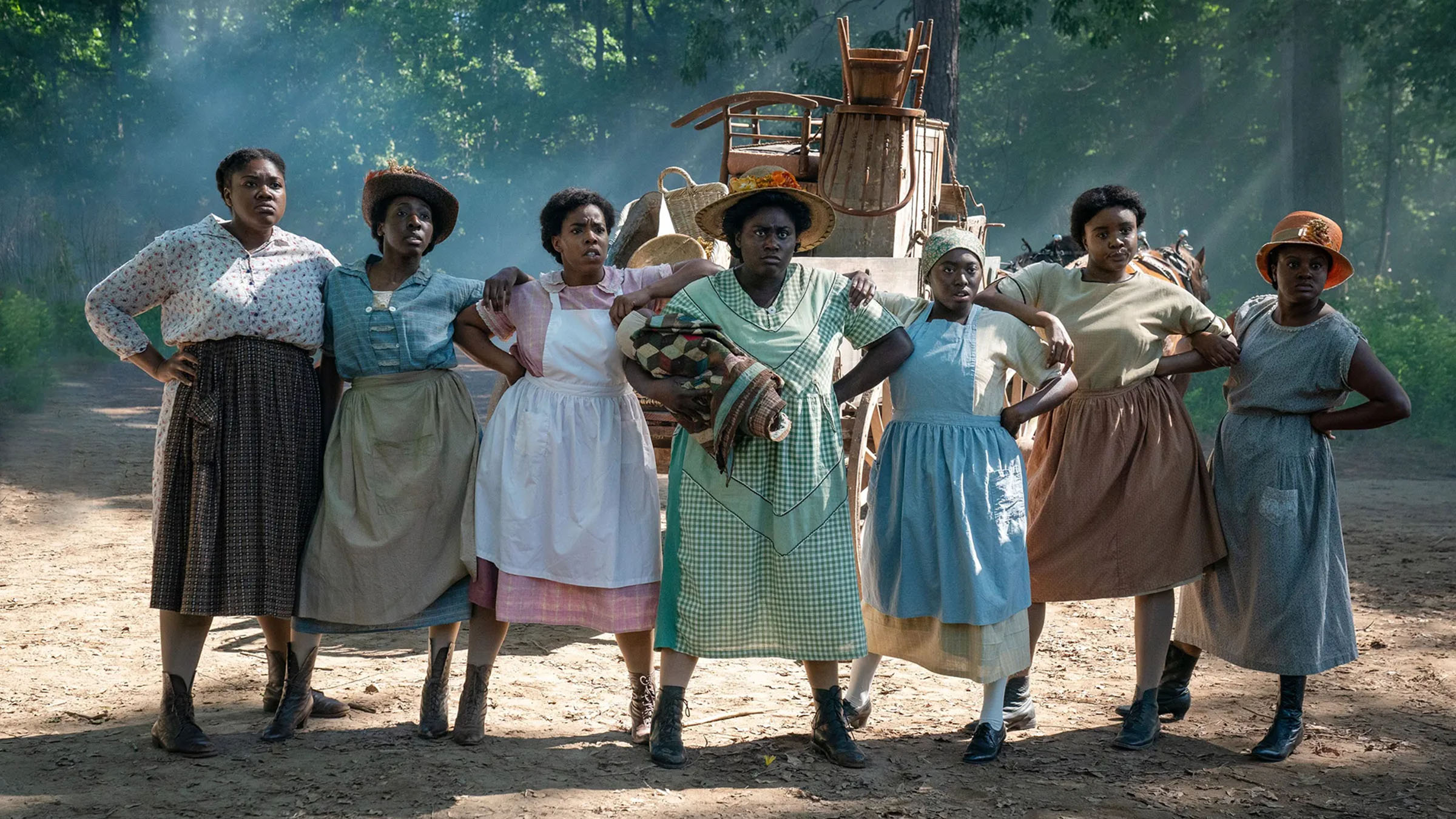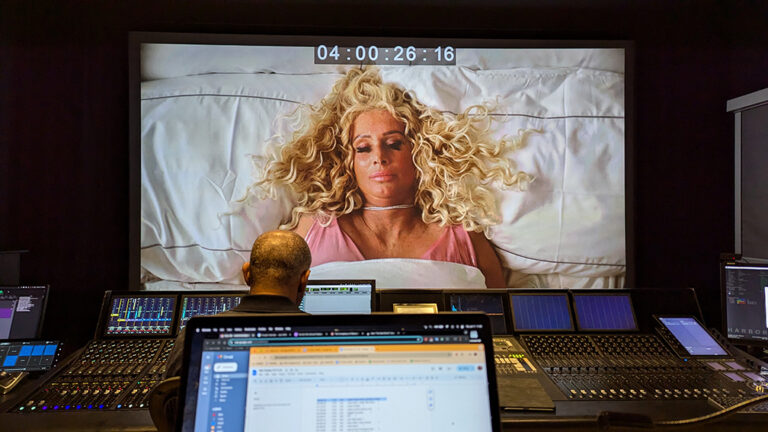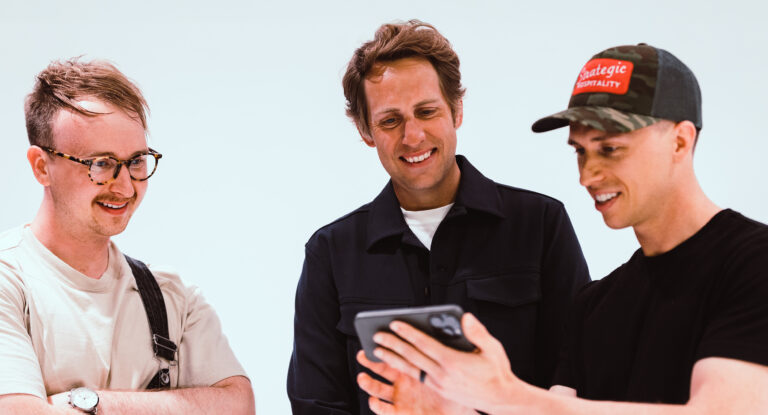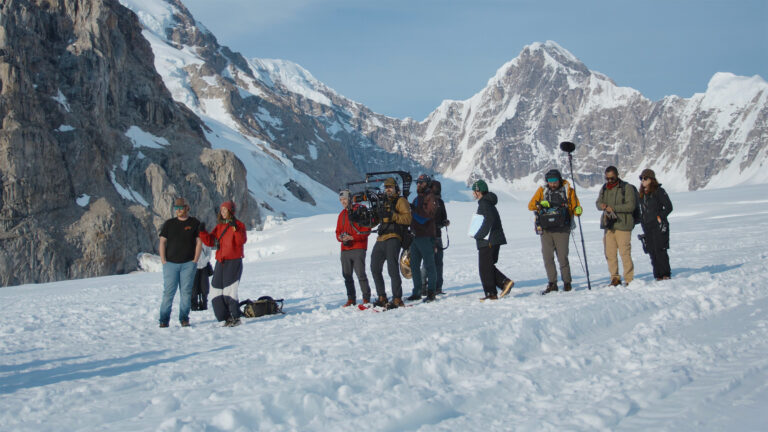The Color Purple editor Jon Poll was sure they had the wrong guy when his agent told him they were interested in having him come aboard as the editor. He even joked they should probably call Whiplash and La La Land editor, Tom Cross, ACE. While musicals were not necessarily a big part of Jon’s background coming into the project, no one who sees The Color Purple would ever question his prowess for interweaving a powerful narrative with incredible music.
Plot Summary for The Color Purple
The Color Purple is a story of love and resilience, based on the novel and the Broadway musical of the same name. It is a decades-spanning tale of one woman’s journey to independence. Torn apart from her sister and her children, Celie faces many hardships in life, including an abusive husband. With support from a sultry singer named Shug Avery, as well as her stand-her-ground stepdaughter, Celie ultimately finds extraordinary strength in the unbreakable bonds of a new kind of sisterhood.
In our discussion with The Color Purple editor Jon Poll we talk about:
- The reason to remake a movie
- Paging Tom Cross
- Making a musical vs a drama with music
- Watching the movie before making a single cut
- Getting real dancers to do the dance foley
Listen while you read…
Editing The Color Purple
Matt Feury: I know you’ve done a lot of films with director Jay Roach, but with The Color Purple being only the third feature for director Blitz Bazawule, you probably haven’t worked with him before. Tell me how you came to be on this project and meeting with Blitz and what you guys talked about.
Jon Poll: I’ll start with a short history of Blitz. As “Blitz The Ambassador”, he is a Ghanaian hip-hop artist. He grew up in Ghana and he toured as Blitz The Ambassador, and he took $40,000 of his savings and made a movie in Ghana, I think five years ago now, called The Burial of Kojo, that is truly an art film. There’s a one-minute teaser of it that would blow your mind with the imagery.
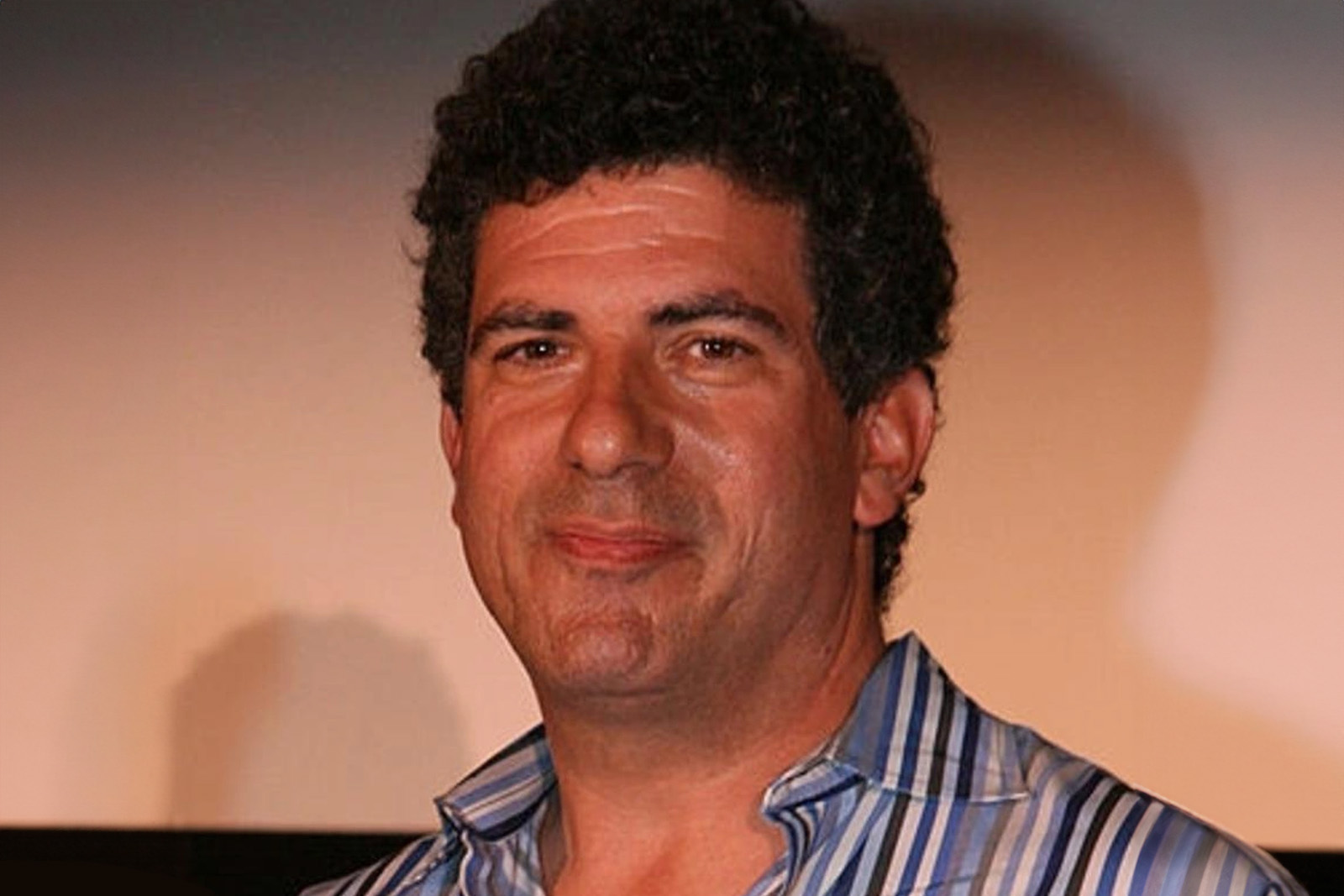
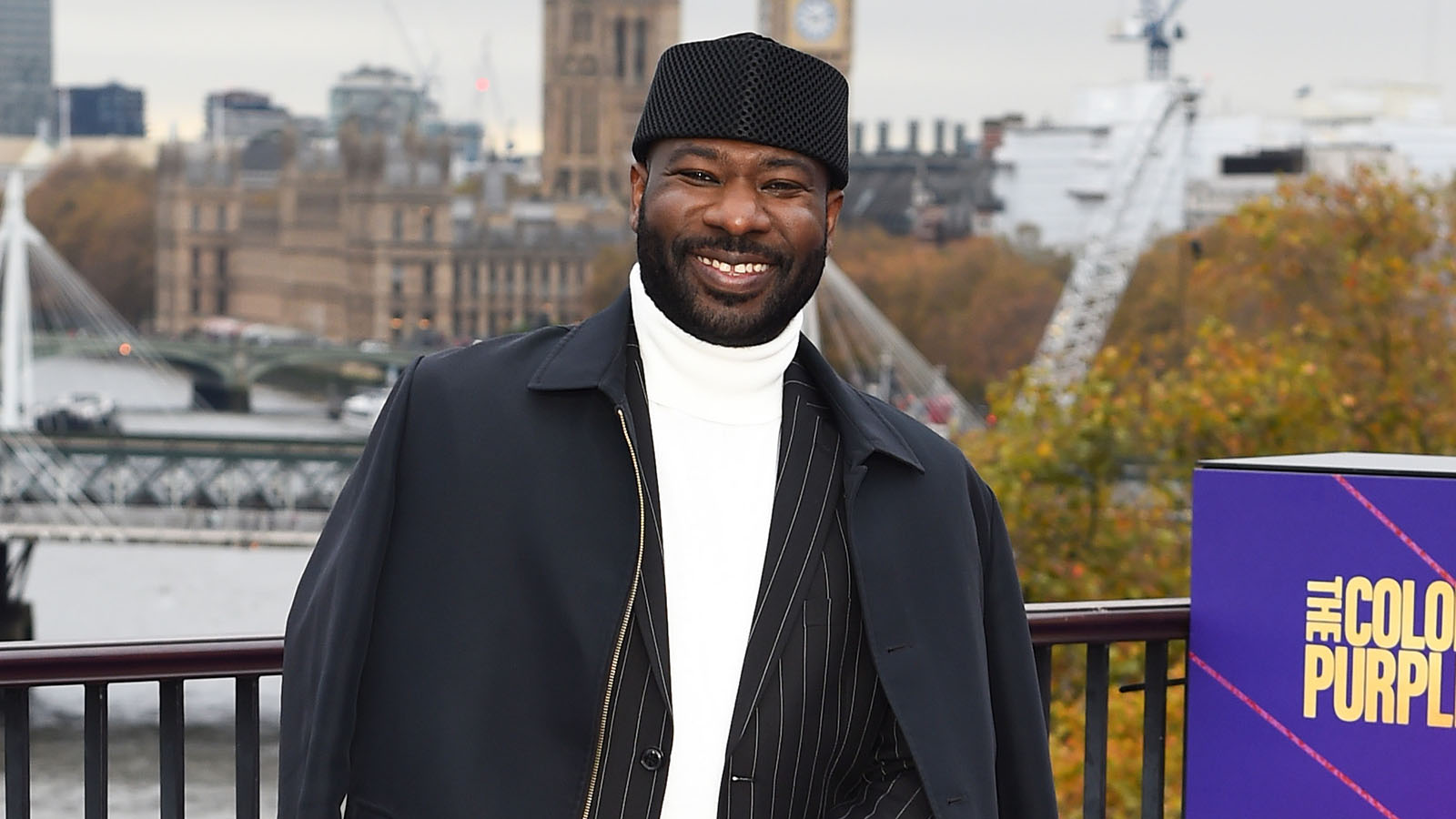
He is currently a novelist. He started as a fine artist, and a painter. He’s a musician and he’s a film director. He did Black is King with Beyonce, which is not a feature film, but certainly showcased his visual style and his magical realism. He decided he wanted to try to direct Hollywood movies. This is his first Hollywood movie. He went from a $40,000 budget to…a lot.
I first heard about the project while I was cutting Father of the Bride for Warner Brothers. And my agent called me and said, “The studio called and they’d like to have you meet with Blitz about the remake of The Color Purple.” I said, “Oh no, they’re confused. I’m not a musical guy. I need to just remove myself from this.” She called Paul LaMori, who is the SVP of Post Production at Warner Bros. Paul said, “No, I’ve known Jon for a long time. We’re just trying to find a good partner for Blitz”.
So, I met with Blitz and it became a two-hour interview. He played me a whole bunch of songs and asked me all kinds of interesting questions. He pitched me his version of The Color Purple, which convinced me why this movie should be made. Blitz told me he was re-reading Alice Walker’s amazing book, and he came up with the idea of going deep into Celie’s fantasies. The Spielberg movie doesn’t do that. Blitz wanted to use magical realism and fantasies to take us into the musical numbers.
They’re not all like that. Some of the scenes are quite diegetic and they come out of the real world, but his pitch blew me away. What completely sold me was Blitz’s focus on trauma. Trauma is the basis of The Color Purple and it’s very difficult to get away from that. I told Blitz, “Honestly, I shy away from stuff like that. I’m a wimp.” What sold me was that Blitz’s movie was about overcoming trauma and the ability for anyone to overcome anything that is happening in their lives. As Oprah Winfrey said, this is a movie for anyone who was ever an underdog.
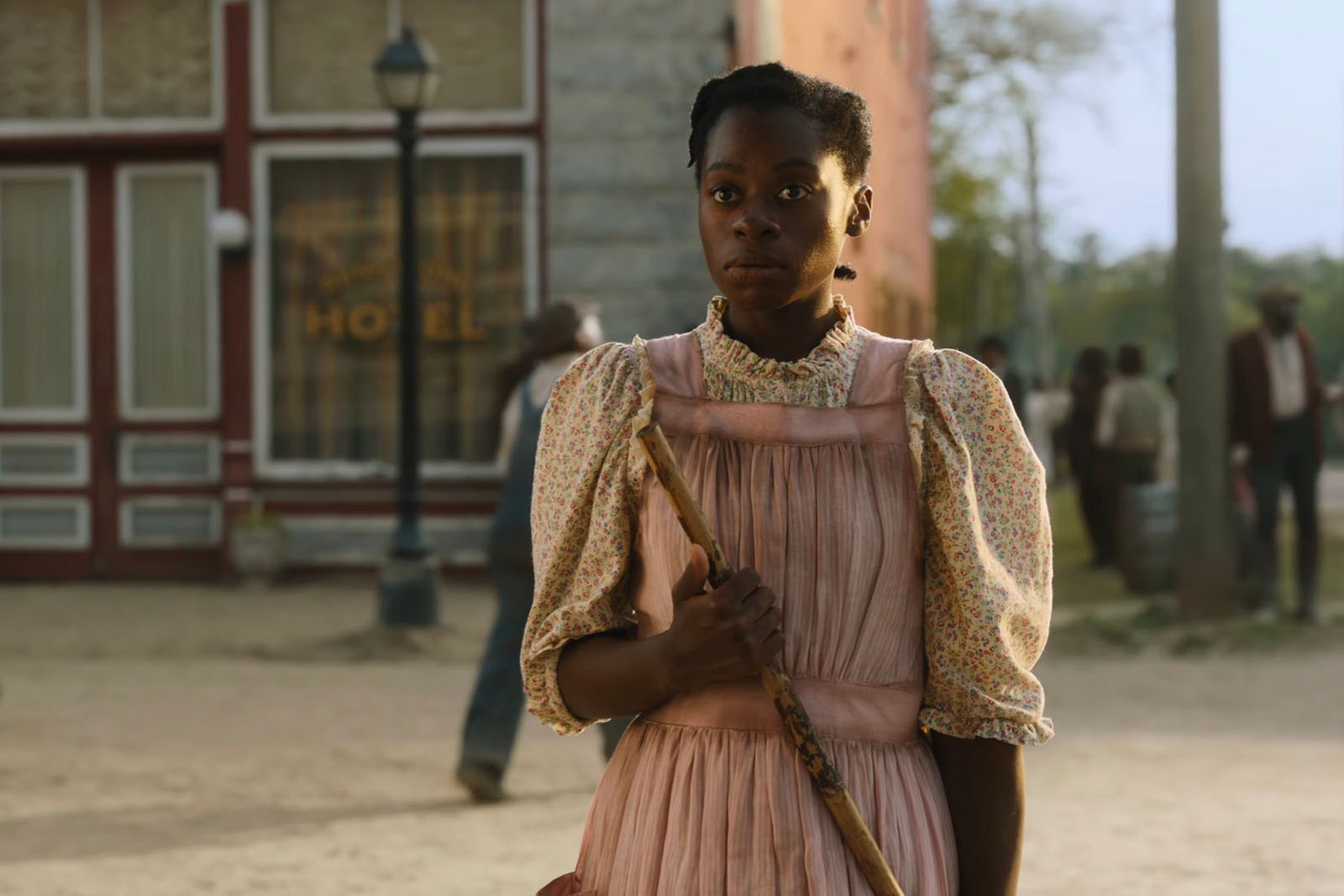
Blitz is a very thoughtful guy. But I was trying to talk him out of hiring me. I said, “You should hire Tom Cross.” Then I said, “Blitz, I need to tell you what my favorite musicals are. The first one is Walk the Line”, which my friend Jay Roach insists is not a musical. Then I said, “Jimmy Cliff, The Harder They Come,” because it took me to a whole new place. The music was as much a part of the story as the characters and that appealed to me. Then I said, “And I like Singin’ in the Rain too.” Blitz laughed and now here I am two years later.
I think we both shared a different vision of what a musical could be. That’s how we came to The Color Purple. It’s interesting because you don’t know how an audience will perceive a movie until you get it in front of them. Blitz and I wanted to make a movie for an audience. And we both knew we were not just making Blitz’s vision. This movie is part of a legacy.
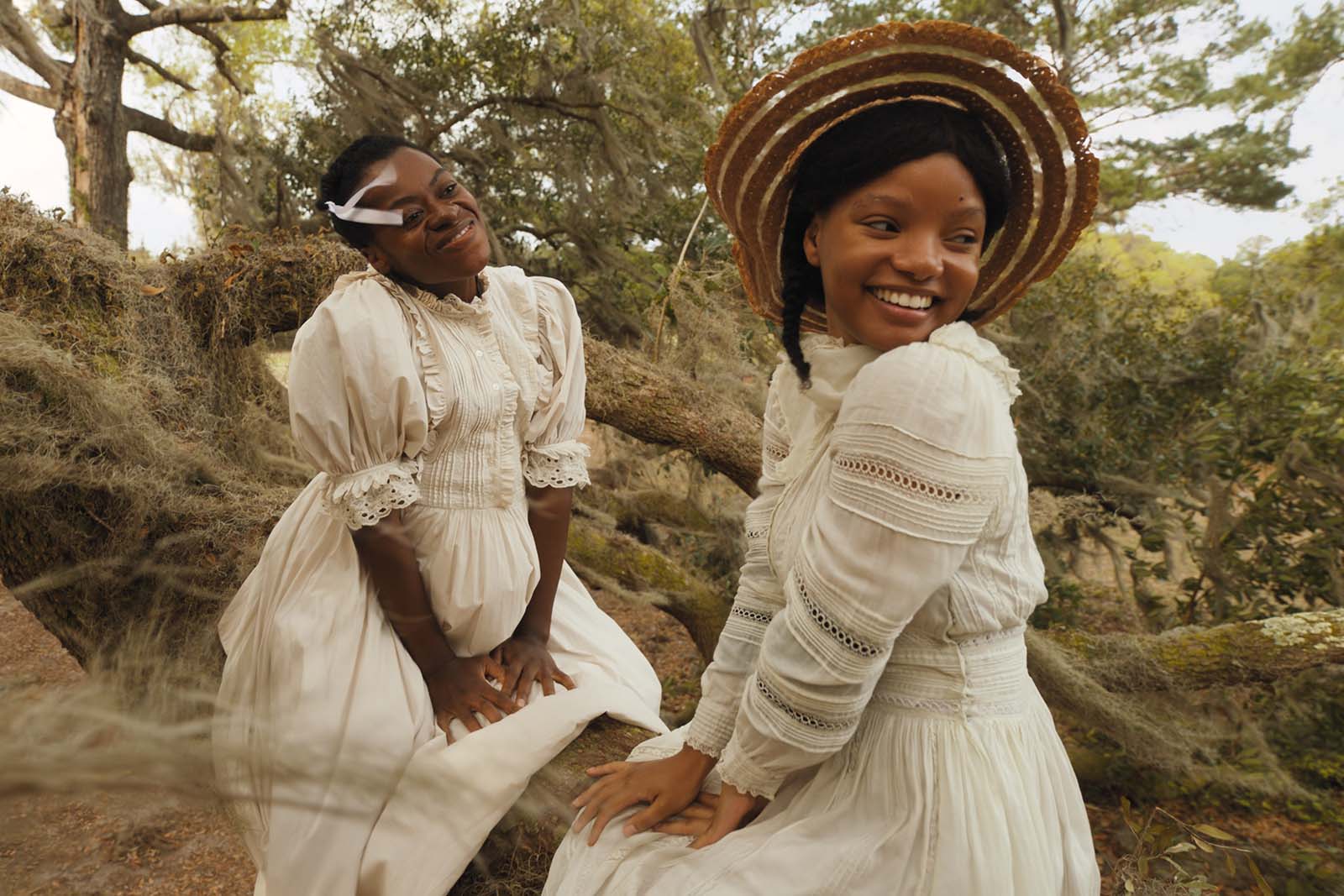
People would ask me, “So what is it? Is it a remake of Steven Spielberg’s 1985 movie? Is it a filmed play? A filmed version of the musical”? And I said, “No. Alice Walker wrote this amazing book”, which, in prep, I listened to on audiobook three times. I heard so much nuance, so much detail. I heard what was important to her. I knew I had to honor that as well.
It was interesting because when we were doing friends and family screenings, some people would say, “It’s a musical” and then others would say, “No, it’s a drama with music.” Blitz and I liked that. There’s something about musicals that can feel out of date. The biggest problem in a musical is how you get in and out of the numbers. It’s almost like you’re cutting two movie genres together and you feel that shift. Our greatest focus was figuring out how we could make one movie that happens to have fifteen musical numbers. And it is a musical. You can’t say it’s not.
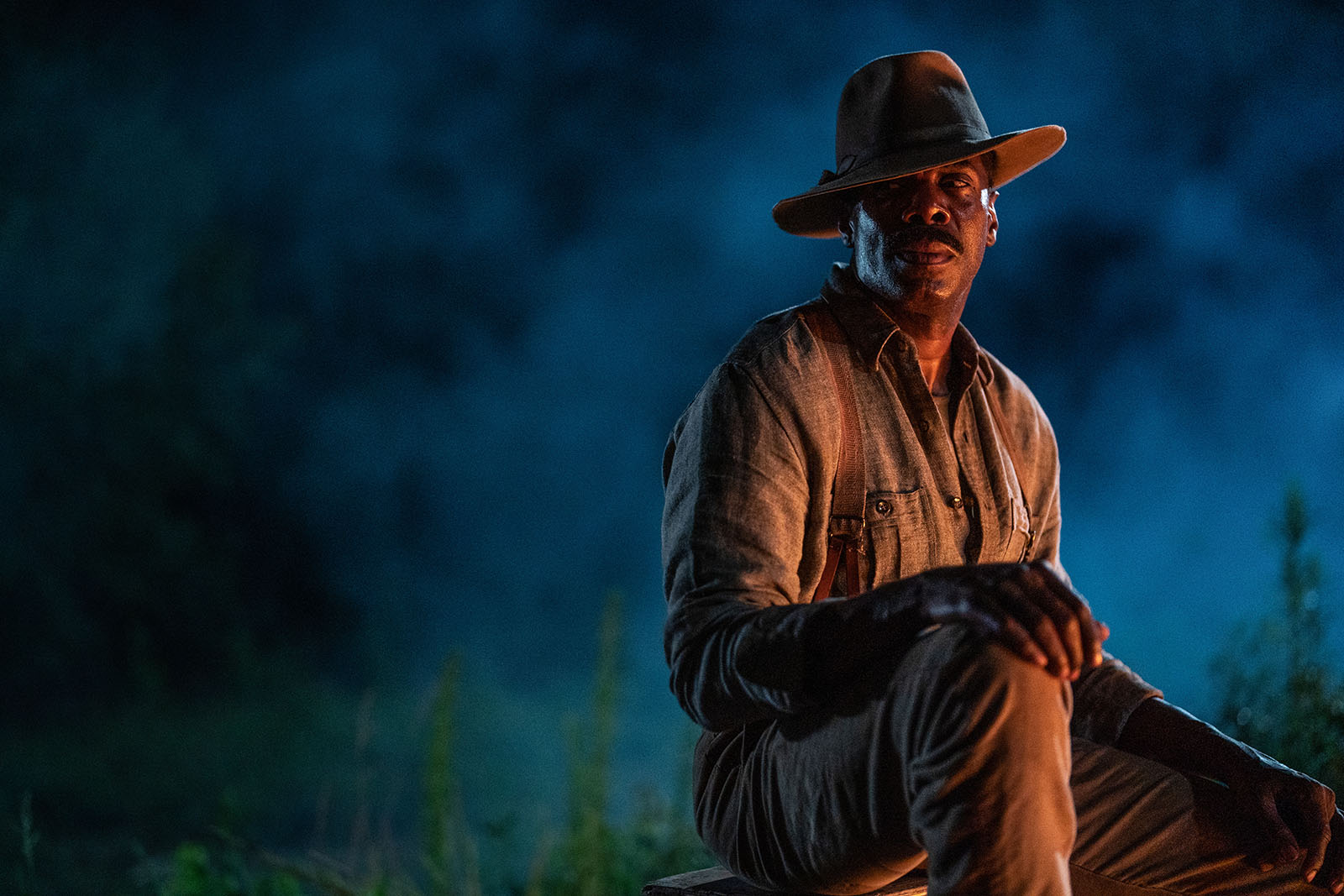
MF: Where did this film shoot and were you cutting on location or where were you cutting during that time?
Jon Poll: Blitz lives in Atlanta, and the movie is written to take place near Savannah. It’s entirely shot in Atlanta and a little town that Blitz found that still looks like it did in 1909. Blitz also wanted to do the director’s cut in Atlanta so he could be close to his teenage son Jai. So, for seven months I was in Atlanta cutting at Company 3.
I wasn’t near the set, but I was at the lab, which was great. We could screen stuff, and that was fantastic. You never know when an editor and a director start a new relationship. I’ve worked on thirteen movies with Jay Roach. I can walk in and we have a shorthand. And what amazed me about Blitz is that if he had a night shoot, he’d come in the morning and work with me. If he had a day that ended early, he’d come in at night and work with me. And of course, I was working on the weekends because I loved the movie and wanted to take it further. From day one, he was coming into the cutting room.
When I work with Jay Roach, I make an output for him every week, and he watches it. Sometimes we talked about cuts, but it was for him to get a sense of the movie. With Blitz, I said, “Do you want to look at these and give me notes?” He said, “No. I want to come in, sit with you, watch whatever is cut, and talk about it. We’ll come up with notes together.” I think I spent around forty percent of the editor’s cut working on the director’s cut.
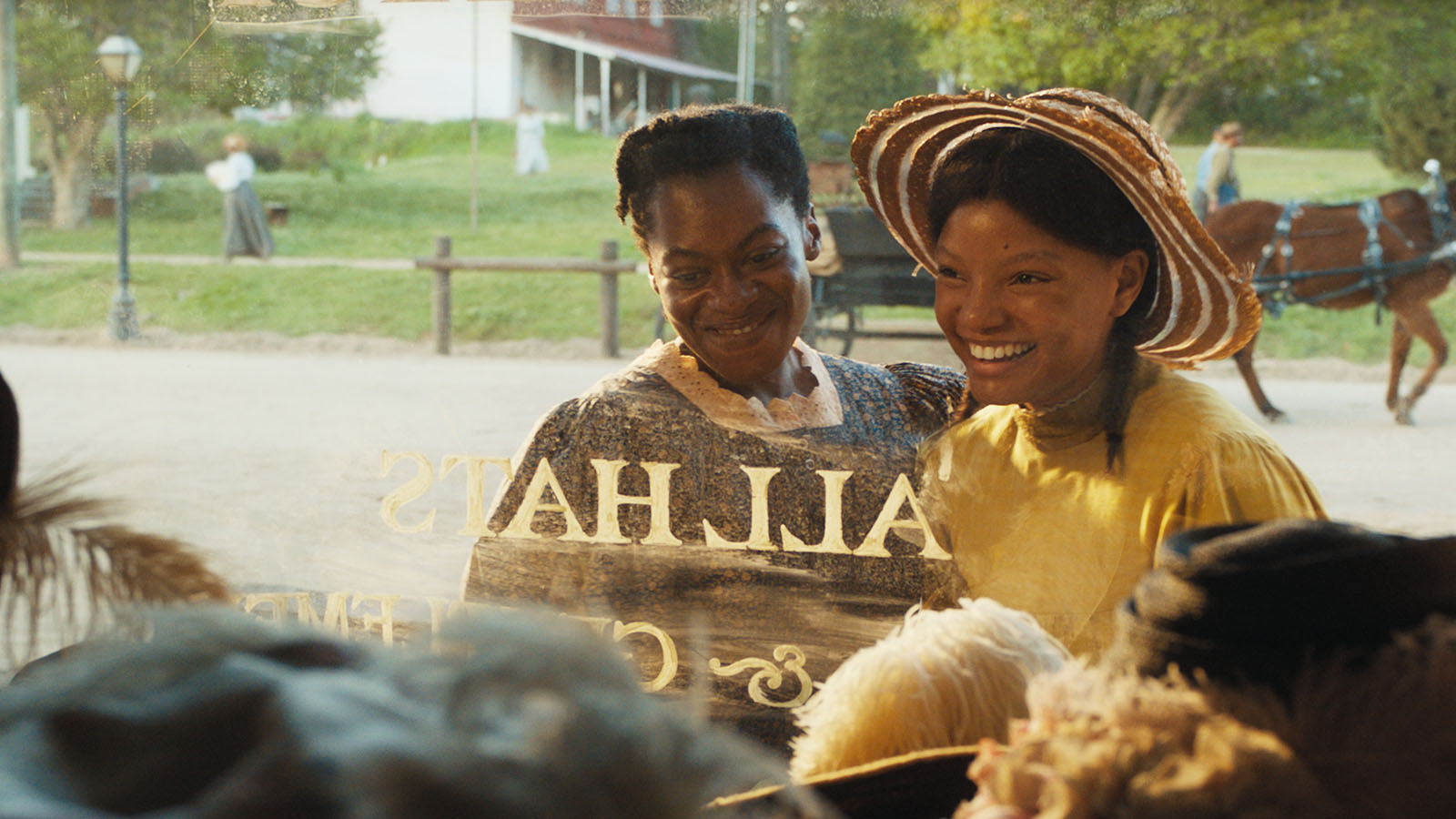
Blitz wanted to keep trying things. The most amazing thing for me is if I got a new idea, I didn’t have to say, “Hey, I’m going to try this.” I would just recut it and show him something different. This movie has a lot of beautiful oners. There was one day when I cut up a one-minute-and-fifteen-second oner into five cuts that were around twenty seconds each.
Blitz said, “No, you can’t do that. This is designed to be a oner.” I put it back and the next time he came in, he said, “That thing you tried before, why don’t you put it in? Let’s live with it for a while.” And that’s how it is in the movie. That’s just part of the Blitz. He learns as he goes and he is so open. By the end of the movie, he said, “I can’t believe I ever said you couldn’t cut that up.”
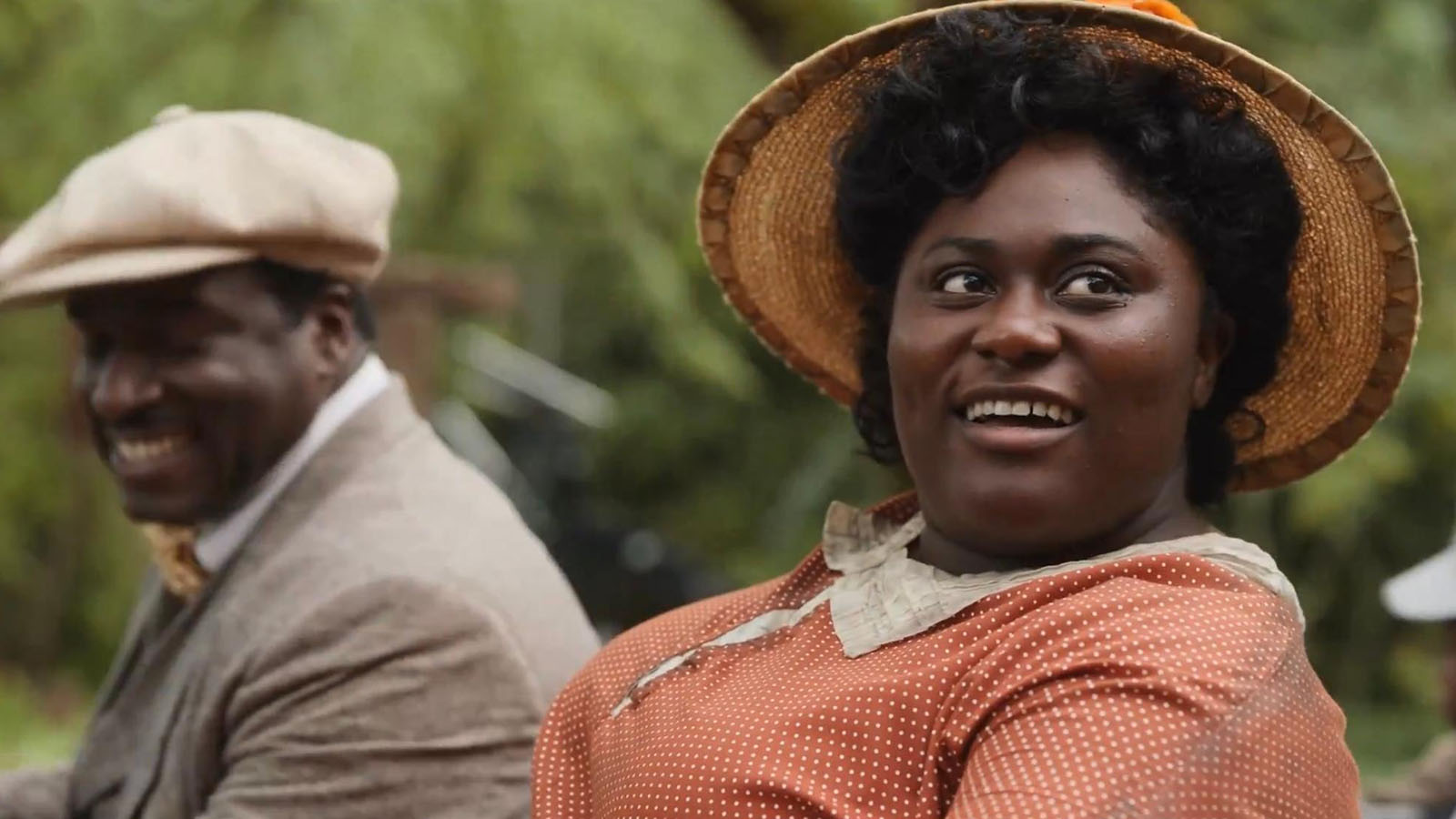
MF: Was Blitz using many cameras at one time to capture these big performances?
Jon Poll: That’s a great question. After I got the job, Blitz said, “Okay, I’m going to show you the movie. And the “movie” was a thousand storyboards that Blitz had drawn. He made it very clear to me that he draws slowly. He said, “These are all shots that are going to be in the movie. There’ll be other shots, but they take too long for me to draw.” And he showed me the movie. It was about two hours and fifteen minutes.
It had storyboards and dance rehearsals that he shot on video along with Fatima Robinson, the choreographer, and it had rough versions of all the songs. It also had a few VFX previs in there. It was like watching a movie. After we watched it, Blitz said, “I was watching you. I wrote down every time you laughed or got emotional. This is my way to communicate what I want the movie to be.”
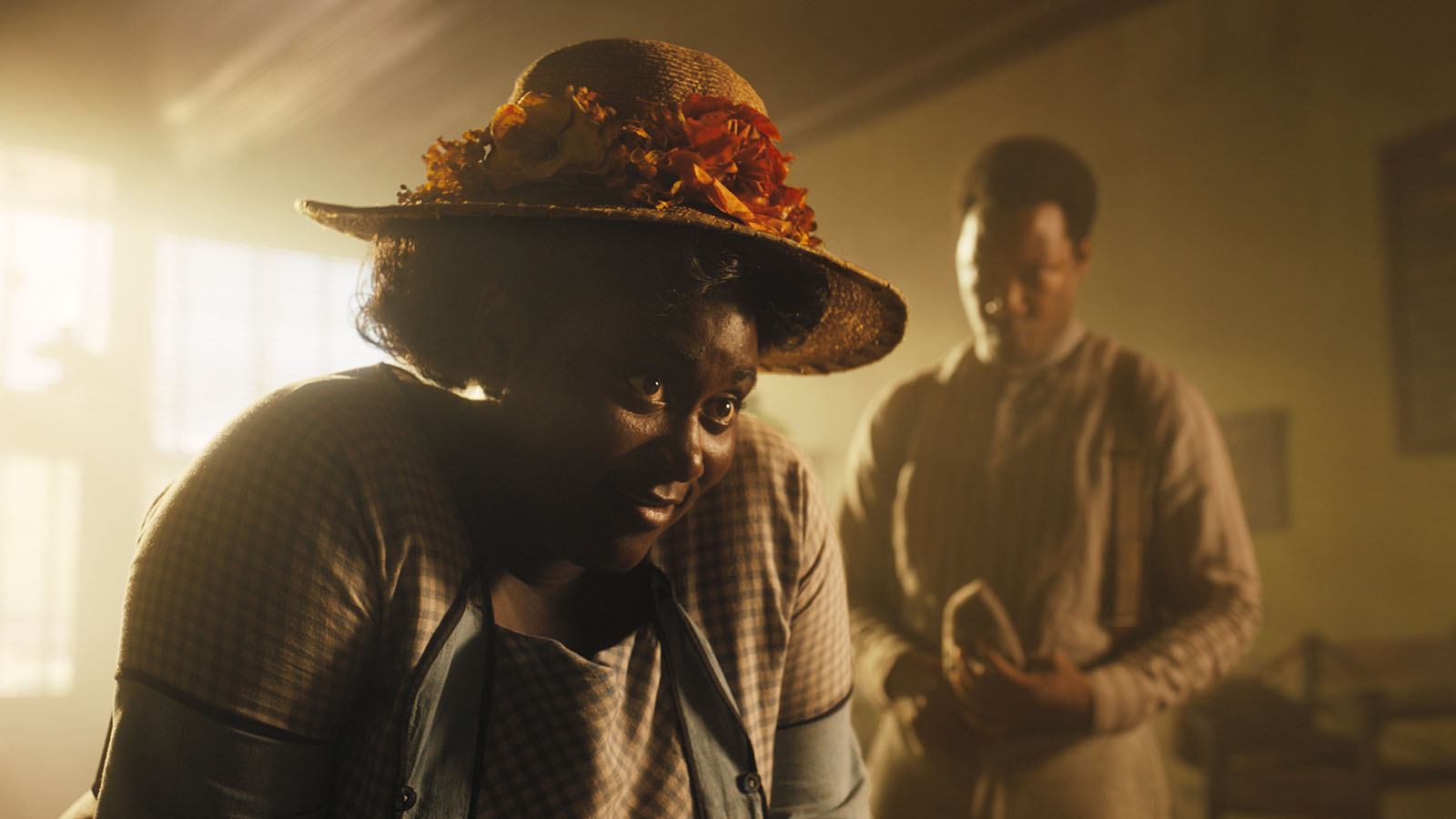
And those storyboards are the shots that he and Dan Laustsen, ASC, got. Dan shot such a beautiful movie by the way. We shoot 1:85, which Blitz and Dan decided would be a more immersive format. Honestly, I have always liked 1:85. I think it was a good choice for this movie, which is all about performance and emotion. We shot primarily with the Arri Alexa Mini digital cameras.
You hear about Sam Restivo and Ridley Scott shooting the Napoleon battle scenes with eleven cameras. There were quite a few scenes that had two cameras. A couple had three, but there was never anything more than three cameras. Dan and Blitz were both very specific about the shots they wanted. The images were so important to Blitz. When we first met, Blitz told me, “Every frame is going to look like a painting.” I thought that was great to shoot for. And I feel like almost every image is a painting.
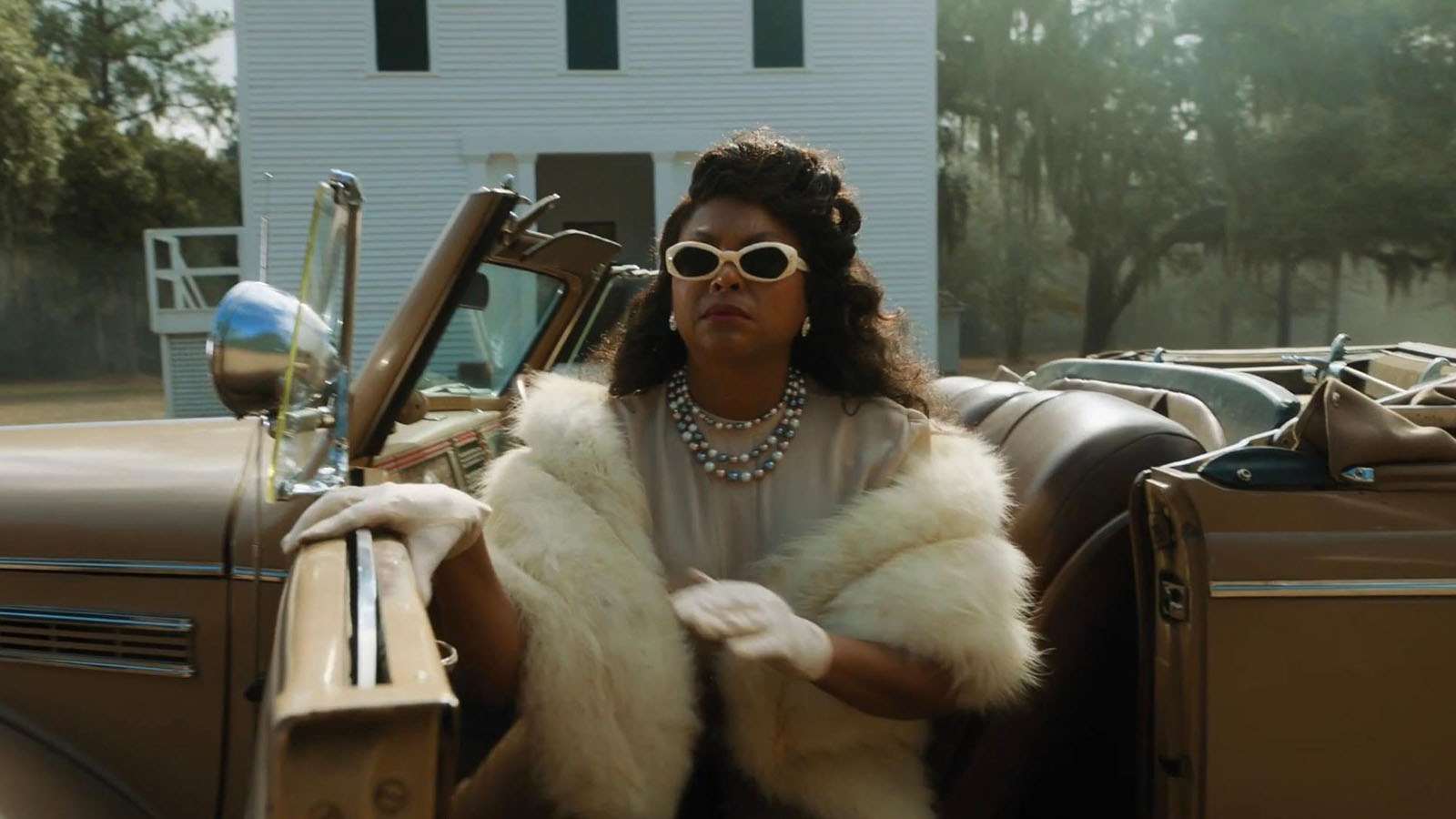
Musicals today are usually cut fast and that’s not the style that we used for this movie. Blitz wanted to make an elegant, grounded, intimate movie. I did all I could to not cut. Like many editors, I believe that there needs to be a reason to cut. One of these musical sequences has a two-minute oner in it. Others, like Taraji P. Henson’s amazing “Push Da Button”, are quite cutty. That’s because she gave us so many different choices and so many great moments. She takes over the screen. The second musical number, “Mysterious Ways” with the whole town going to church is quite cutty too, but I challenge anyone to not tap their feet along to that song.
We tried not to push emotion on people. We tried to let the characters and the story do its work. But we also didn’t want a three-hour movie. We easily could have had a three-hour first cut. Without credits, the movie is about two hours and ten minutes, and half of it is musical numbers, and half of it is drama. We have a shorthand with the audience. We fly through decades. We go from 1909 to the 1950s, so it’s an epic film. But it’s not a long epic.
We have some timestamps, but they’re just to let you know time is going by. They’re not incredibly specific. We never felt like they were that important. We felt the emotion was the most important part. We were also trying to let the movie breathe. We didn’t try to make it short by speeding through scenes. We tried to find what we could take out to keep people in the world and not feel like we were being hammered with constant musical numbers. So far, we’ve only screened the movie a few times. So far, I feel like we did a decent job of pulling that off.
MF: In terms of the material in the cutting room, does it start with doing these numbers as group clips and multicam sequences? I’ve heard of musical editors doing super groups to manage things. What was your approach to building these sequences?
Jon Poll: It was pretty straightforward. Since our dialogue scenes only had two or three cameras, we just used grouped clips. There were never cases where, like on The Greatest Showman, we had eight or nine cameras. The musical scenes on The Color Purple weren’t built that differently than the dramatic scenes. But I confess, I do tend to want to get the film as fast as possible so I can start playing with it.
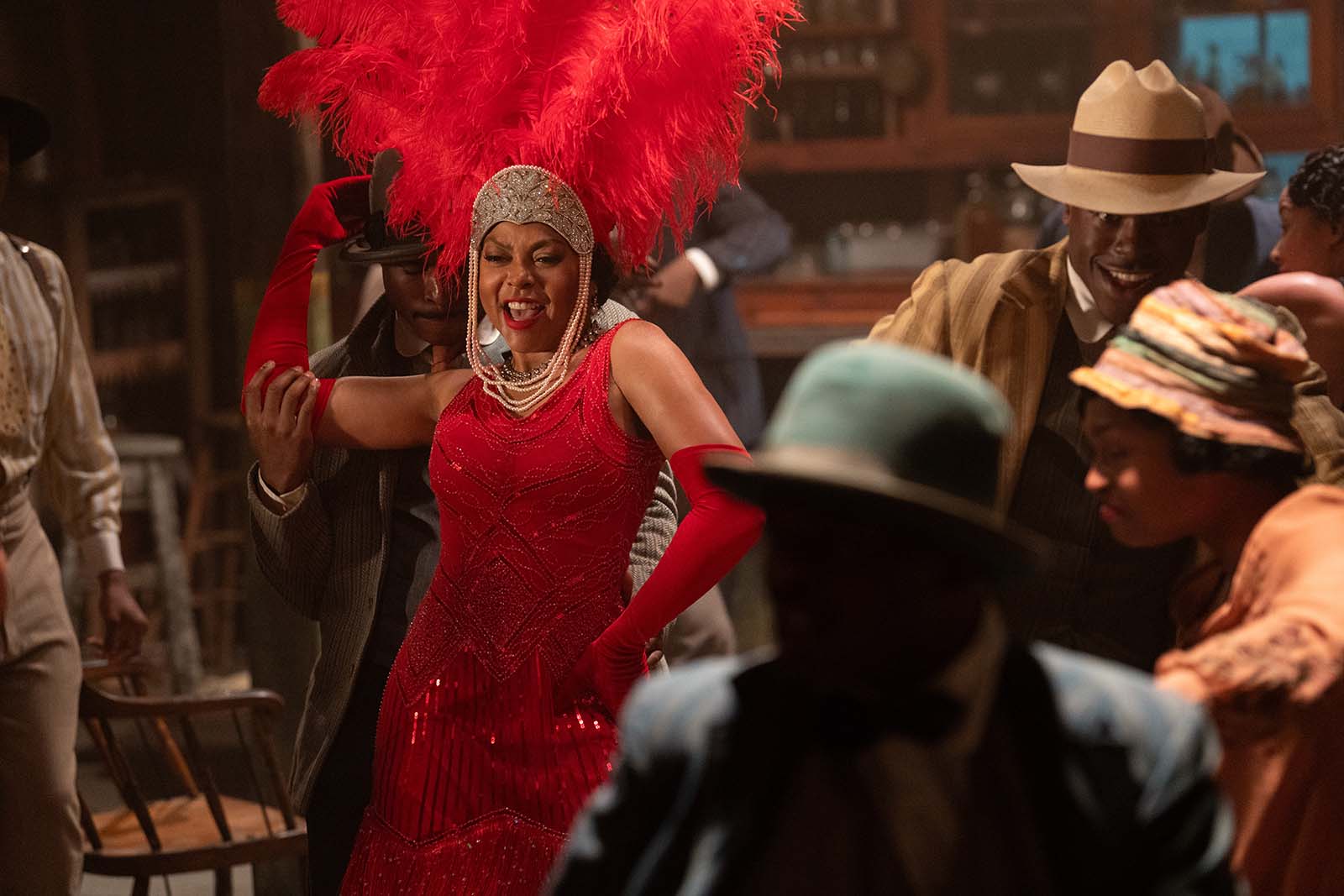
I did want the clips grouped. I didn’t want to drive everyone crazy. I liked that on any day Blitz would come in, I would have everything there. All of the footage had to be there because he would surprise me on any day. There were days I came in at five in the morning and I was going to go home. I would always check with his assistant and she’d say, “I think Blitz is gonna be there around nine-thirty.” And we’d work till one in the morning. Of course, I wouldn’t tell him I was there since five in the morning.
Honestly, it was such a pleasure. I feel so lucky to have been able to work on a film like this. To me, movies are about story, character, and emotion. I’m lucky to be a storyteller. I’m really grateful to have this job.
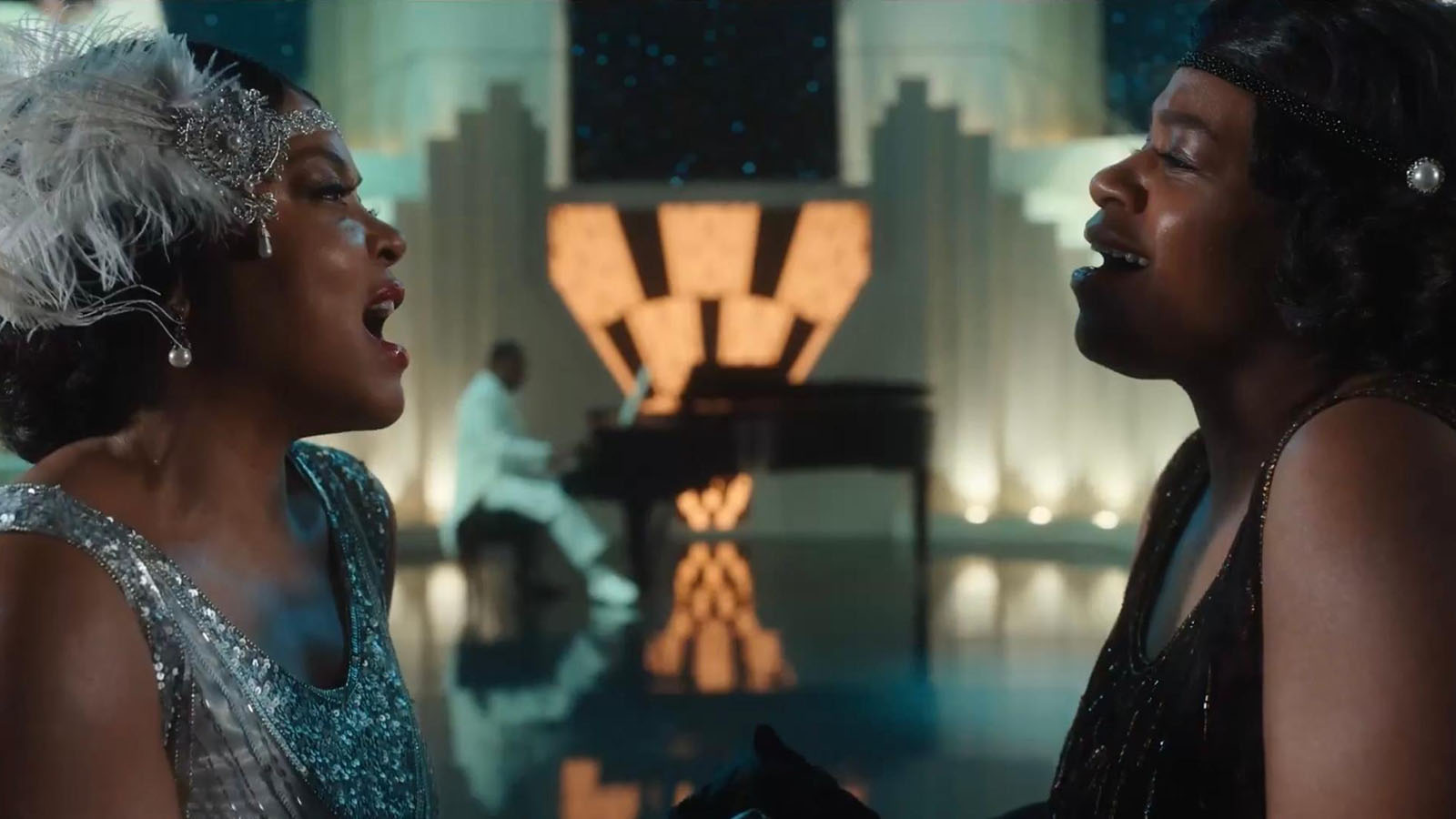
MF: There are some high-energy transitions in The Color Purple. Because of the highly choreographed nature of the material, did these transitions have to be predetermined?
Jon Poll: It’s interesting. Transitions are a big part of this film because there are so many of them. And we’re mixing so many styles in this movie. Some songs happen in the real world, like “Mysterious Ways” and some happen in the fantasy sequences where all of a sudden we are in Celie’s head and we’re on a giant gramophone.
That scene, by the way, was a VFX previs. I couldn’t believe it. Blitz shot that during the first week and Joe Binford, our Atlanta assistant, just screamed, “You guys come in here, you gotta look at this!” They shot that practically and the horn was added digitally. She’s actually on a giant gramophone singing to Taraji, who is in the bathtub. It was amazing.
Many of those transitions were written. That one in particular was in the script. You’re in the room with Taraji, who’s drunk and in the bathtub, and she asks Celie to start the gramophone up for her. And Celie can’t believe she’s with this gorgeous woman. She looks over at the gramophone and the needle’s going around, and all of a sudden, we’re there. We pull out from a record and we’re in this new place.
Many things like that work perfectly in the movie, but sometimes things don’t exactly fit. Sometimes you need to take something out. Sometimes the vision you had is tricky. We sometimes had to come up with something different. For instance, in “What About Love”, which is one of my favorite numbers, they’re watching a black-and-white movie. And we cut to that black-and-white movie, The Flying Ace, which was an all-African-American movie from the 1920s.
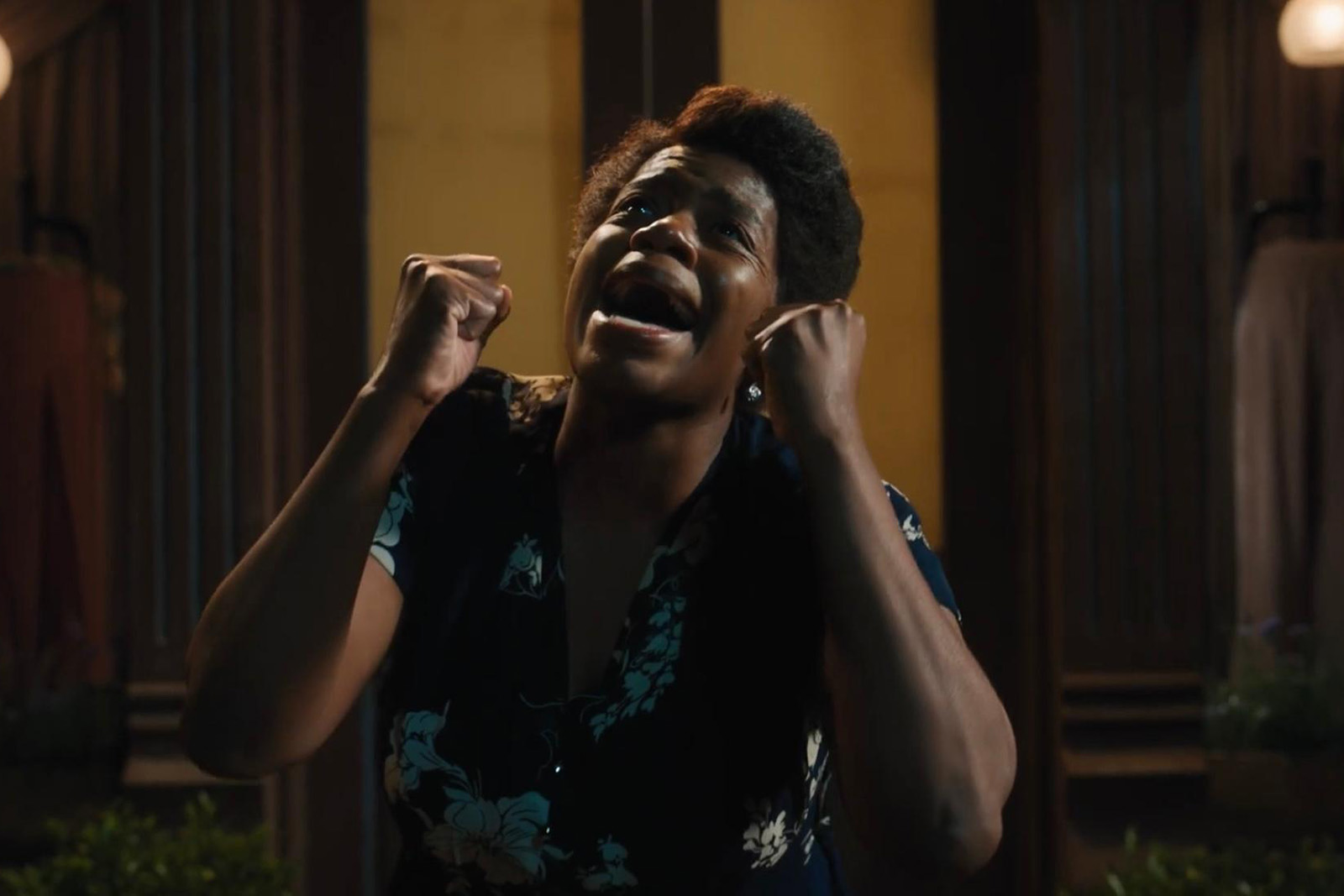
Our transition wasn’t working the way it should have. We kept experimenting and in the end, it was something so simple that made it work. We just cut to a high shot of the piano and said, “What if we see the plane from the movie reflected in the top of the piano?” Then we pulled out from that reflection and all of a sudden it just worked. I think that’s the beauty of movie-making. Some things work as planned and some things you have to scratch your head and figure out, “How do we do this?”
MF: When you’re editing, do you do a linear cut of where one scene goes straight through into another scene? Or do you do the separate scenes first and then stitch them together at the end?
Jon Poll: Every scene is different. I usually watch all the dailies first, make some notes, and then just jump in and start cutting. It depends what the coverage is and how the scene is working. Every scene feels different.
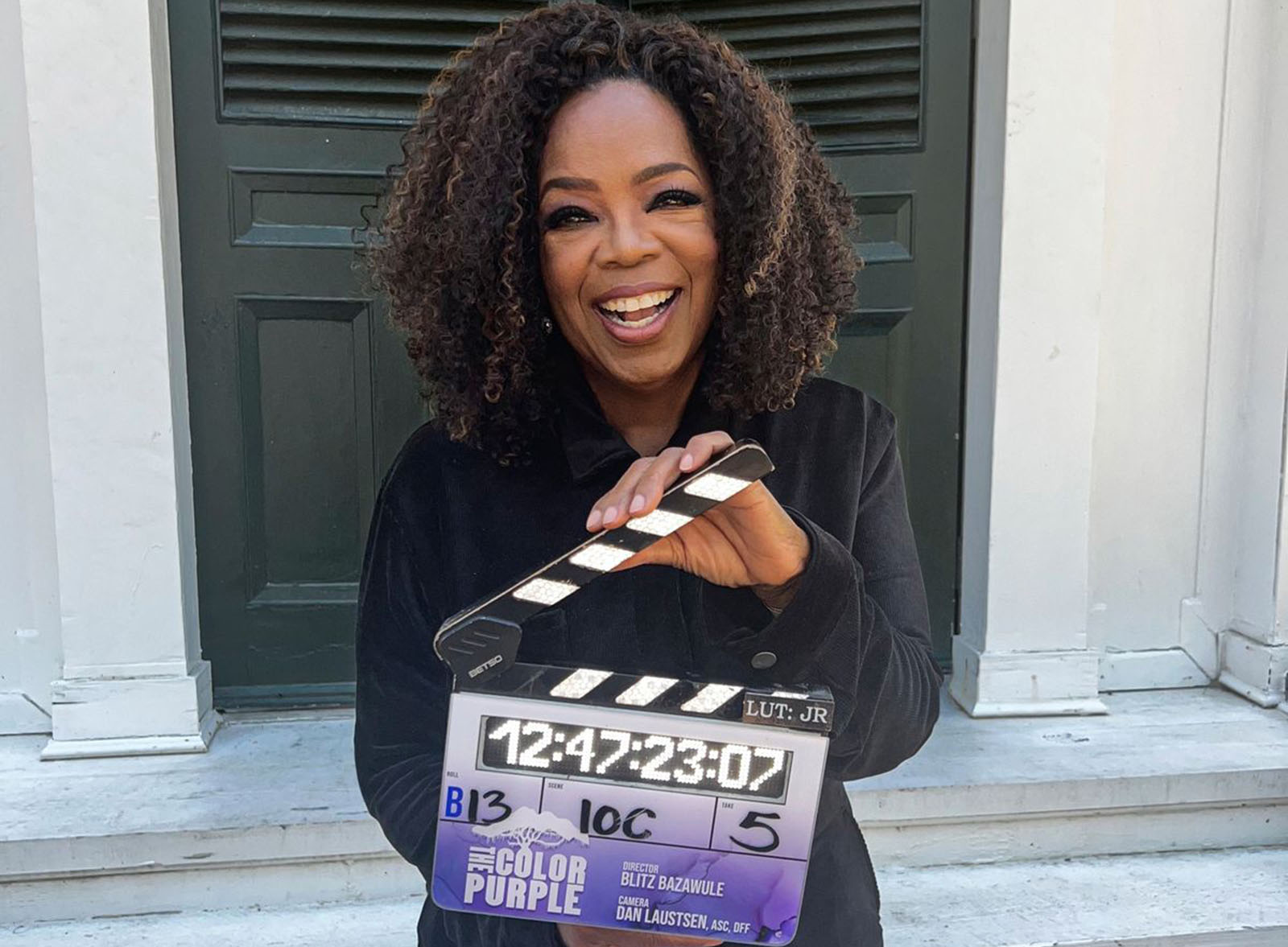
Stories are involved in all of these musical numbers. Story and character help drive the musical numbers as well as the drama. Honestly, I would just go through and put in the pieces that I felt had to be in the movie. Then you have a whole scene to look at. After that, I’d go back and watch all the dailies again and wonder, “Oh, what about this? What about that?”
Every scene is different. It’s hard to say. I think it’s instinct more than anything. This is going to sound like a cliche, but I guess things become cliches because they’re repeated often. The footage talks to you and tells you what you should be doing. I think that part of an editor’s job is to watch the dailies and see what the movie could be. Some scenes change a lot and others don’t change that much.
The footage talks to you and tells you what you should be doing.
MF: You’ve underscored that performance is what’s driving your decision. When I watch these musicals, I wonder how different these performances could be take-to-take. What are you looking for when you choose a take?
Jon Poll: Blitz always made selects of what his favorite takes were. But as always, you look at those and you take them seriously, but you put in whatever you think works the best.
Taraji would do different things so often. Look, she is not twenty-two years old. They would shoot scenes all night and Blitz would say to me, “It was amazing. The dancers are all twenty-three and they’re huffing and puffing and Taraji is saying, ‘Let’s go! The sun’s coming up. We gotta do some more.’”
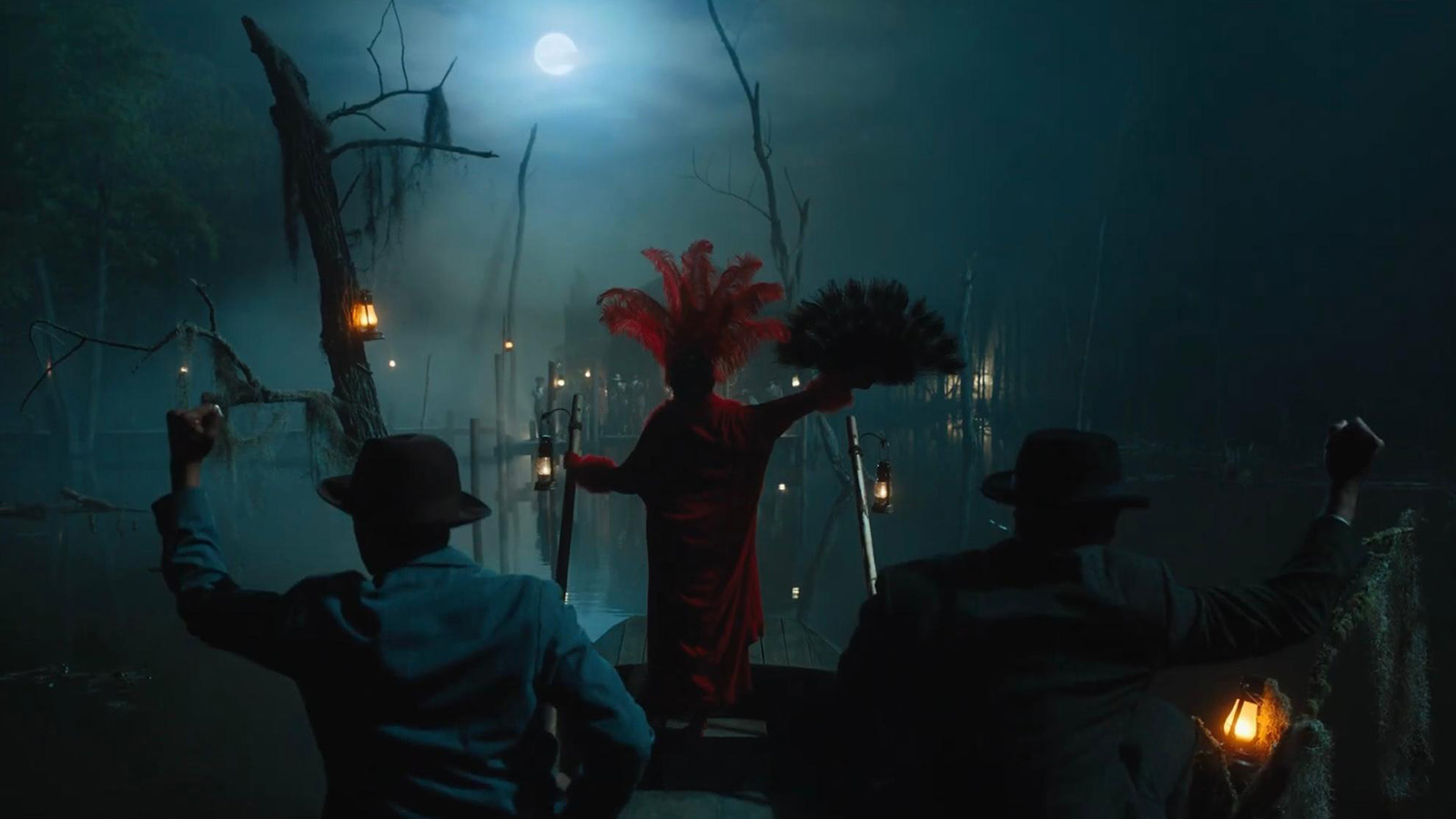
Taraji was just a force of nature. She gave us much. And she was playing the character while she’s singing. Taraji is an actress who is not known as a singer. She has sung, but Blitz filled this movie with actors who hadn’t sung before on camera and singers who hadn’t acted before. Fantasia Barrino acted in the Broadway musical, but this is her first movie.
I think being a musician and a filmmaker directing musicians and actors was helpful for Blitz. There was a certain risk factor in that. I think everyone knew what movie they were working on and delivered that.
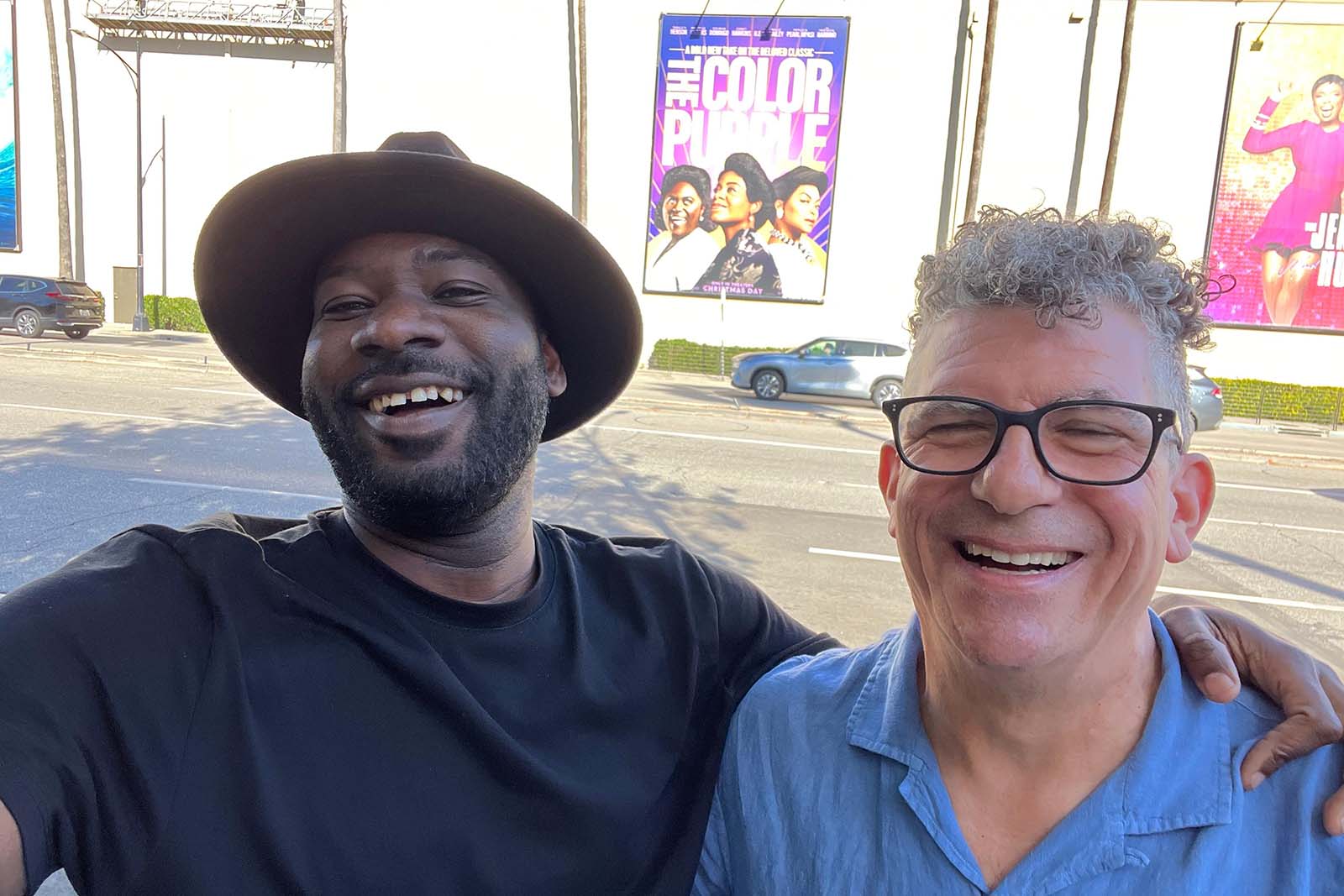
MF: Usually on a musical everyone is performing to the playback music, but I have heard of instances where they are recording the singing on set. How was that handled for this film?
Jon Poll: I was always hoping there would be more live recordings with Fantasia. She has a number near the end of the film, “I’m Here”, which was the big showstopper. Some of it was done to playback but quite a bit of it is live, and you can tell. She’s in the performance, she’s living the emotion of it. When she sings, “I’m beautiful” it’s pretty heartbreaking. And that’s because it was live.
Most of the music was pre-recorded. Some of the songs are rock-and-roll, but most of them are gospel. Blitz had Ricky Dillard come in and produce the gospel with him. He’s the gentleman on the piano, going through town with a horse. Christian McBride, who’s playing with John Batiste when Taraji sings “Miss Celie’s Blues”, was helping him produce the jazz. Keb’ Mo’, who’s on camera singing “Push Da Button”, was helping Blitz produce all the blues music. He had a whole cadre of people who knew the gamut of Black music from 1909 into the 1950s, and that kind of affected everything.
MF: Generally on a film, work flows from Media Composer into Pro Tools. Does the sound workflow in post change at all in a musical? Is that order a little bit different?
Jon Poll: I like to do friends and family screenings right out of the Avid and not do temp dubs. That’s more complicated on a musical like this. Nick Baxter, Blitz, and Stephen Bray, who worked on the original musical, were all three executive music producers. Nick did a lot of the technical work. He created the original playback numbers. I was constantly bothering him. I just kept asking for more. It allowed us to find where we were going with the mix.
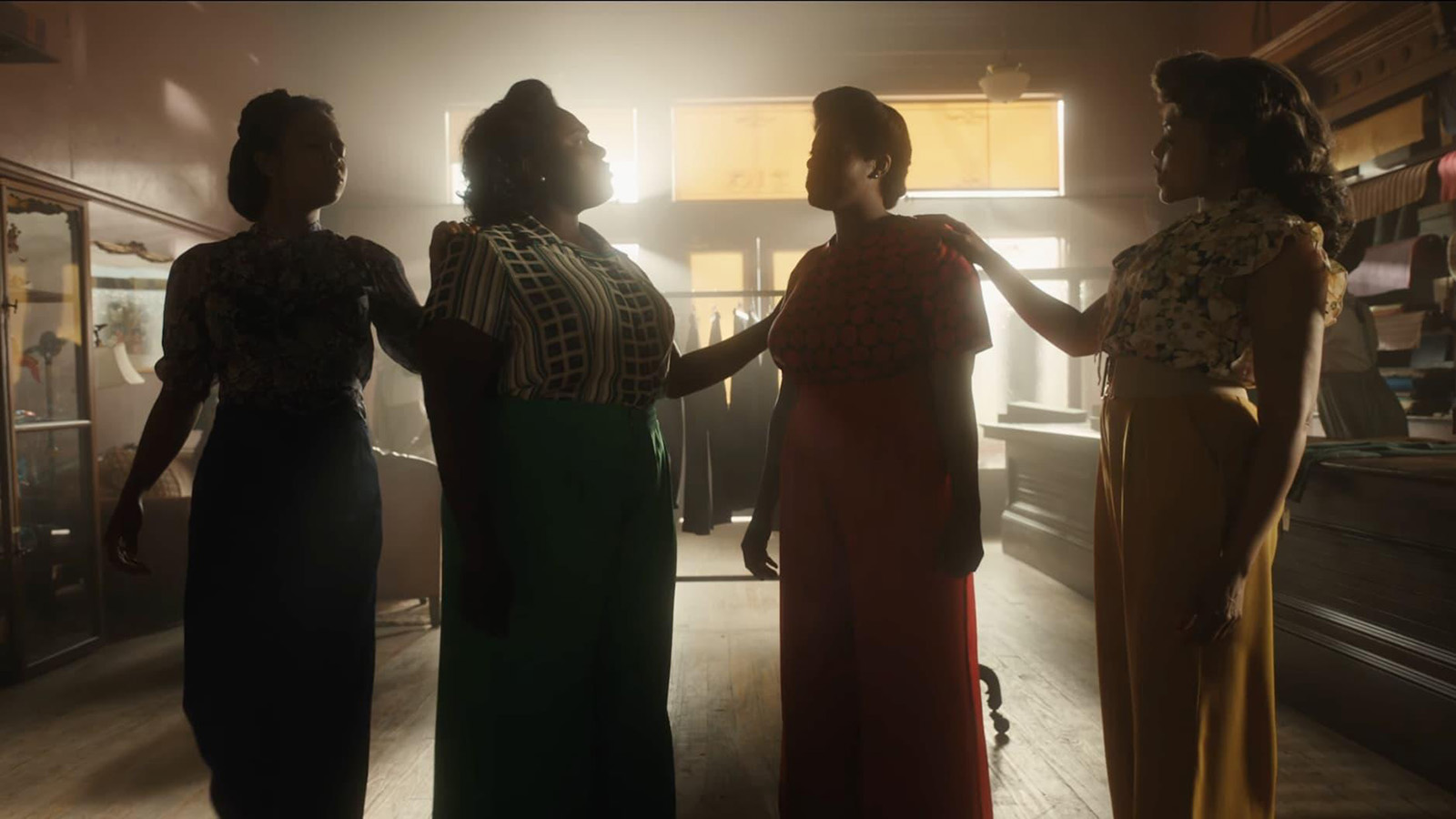
Blitz always wanted these scenes to feel like they were live. We found a great balance between perspective and the way you would normally mix it. If the camera was on a guy with a trombone, you would hear that louder. It never felt like you weren’t in the environment. You felt like you were there. But we could shift the sound elements around. I think that set up how the sound ended up being mixed in the movie by Paul Massey and Julian Slater.
A lot of this was new to Blitz and he said, “What’s the most important thing for us to do in the director’s cut?” And I said, “Show the movie to people and learn what the problems are before we show it to the studio.” Blitz just said, “Great.” He is a quick study. To do that, I relied on Renee Tondelli, whom I’ve worked with for years. She and Julian Slater were the co-sound supervisors. Renee was also working on Rob Marshall’s The Little Mermaid simultaneously and would go back and forth between our film and that one.
Renee would do stuff like get all the dancers on some floor and have Richard Bullock, the sound mixer, record all the dance foley on the set and then cut it for me. I had real dancers doing the foley. She said, “The worst thing is that I work on these musicals and then months later I’m with a dancer but they didn’t dance these numbers and it’s on the wrong floor. It never sounds right.”
Julian Slater had also done Baby Driver, which was a similar thing. So many of the sound effects are syncopated to the music. We’re doing that all the time. We’re using hammers and other things to pre-lap and bring us into things.
When we’re about to cut to Taraji in her red outfit in the swamp, Celie says, “Shug wants to make an entrance.” Mister is bummed that he’s not going with Shuge and he turns and he sucks his teeth and closes his watch. That watch close is right on beat with the snapping, pre-lapped music from the guys in the boat. We were doing stuff like that all the time. So much of that made it into the movie.
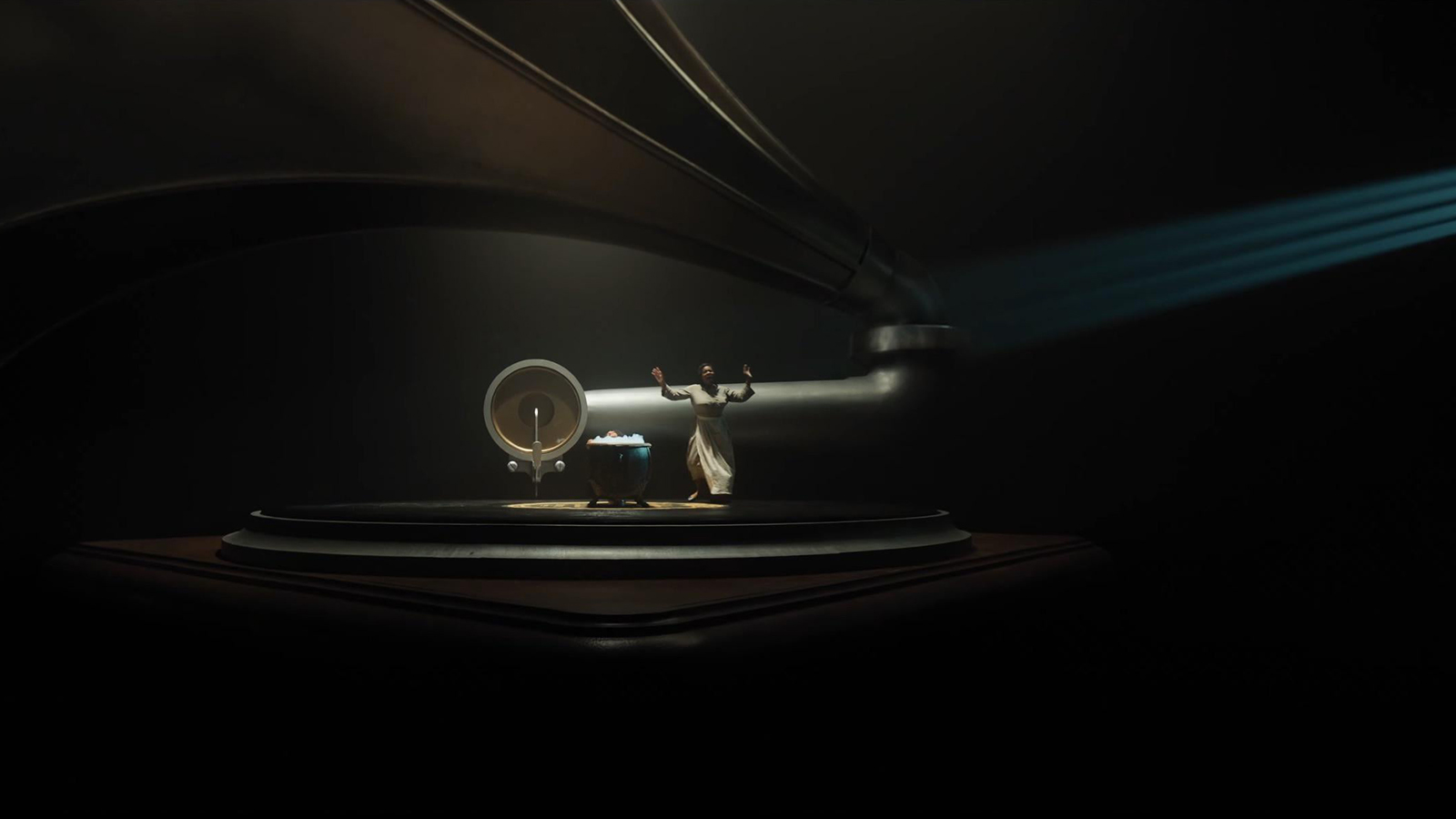
Kheireddine El-Helou was my first assistant and also the additional editor for the last few months of the movie. He certainly earned his right to be cutting. Early on, he was helping me with the sound. In the scene when Celie hears about the funeral, I said, “Let’s try just sucking all the sound out and reverbing it.” It worked, and there are probably four or five places in the movie where we do that. I think they’re memorable. They make you realize something important is going on.
I felt those things had to be in the movie before we showed it to people. Also, I don’t want to give up a week for temp and waste a bunch of money. I love mixers, I love sound, but I like to keep the picture moving. We just learn the most that way. It is complicated because we’re not waiting for a final mix or a nine-day temp dub. Eventually, before we previewed, we did have serious temp dubs with music.
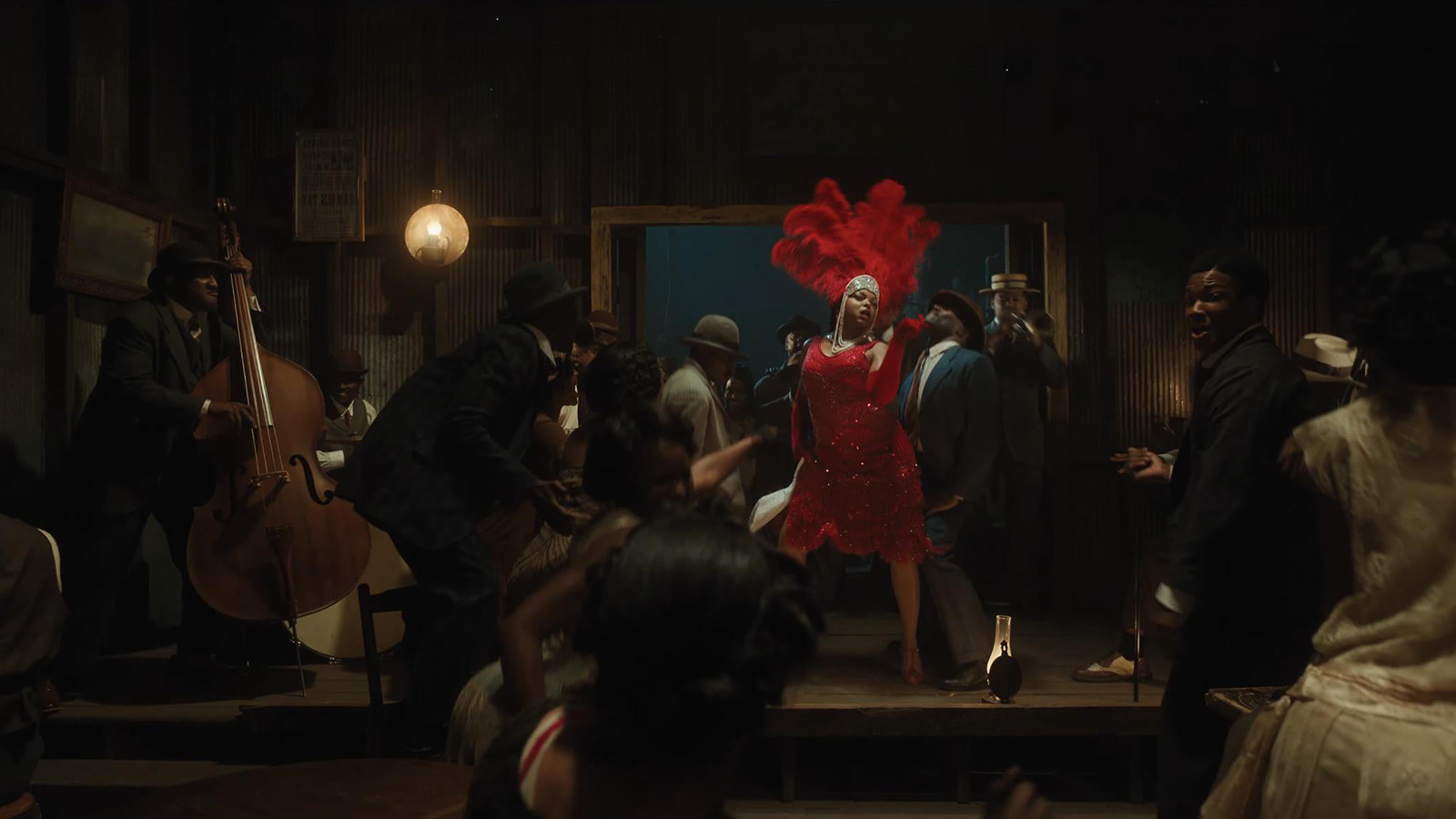
Honestly, it was not until we saw the final movie that Nick Baxter and Blitz had a chance to change some things. They brought in new instrumentation and changed the arrangements a little bit. It’s more alive now than it ever was. But in the middle of the director’s cut, we had a good sense of where we were heading.
Matt: We’ve talked a few times about oners and the need to keep things flowing. There is a 360-degree shot inside Celie’s room transitioning from young Celie into Fantasia. I would think you would need to have some sort of editorial sleight of hand in that. For every obvious edit you have, how many more are, say, FluidMorphs, splits, or little hidden tricks that stitch things together?
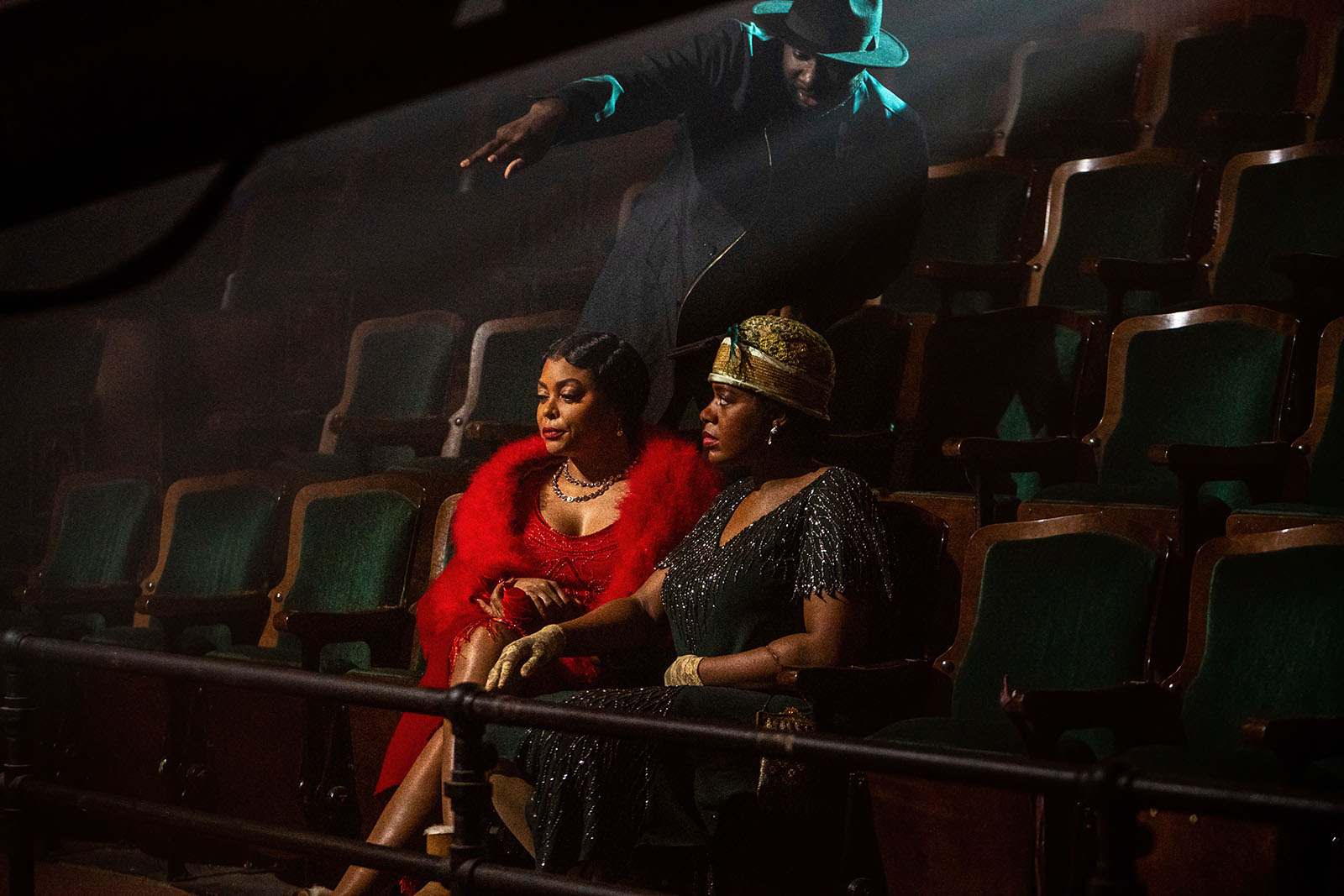
Jon Poll: That sequence was one of the rare occasions where they used motion control. Young Celie was in two of the passes, you see the little kids run through and then you see Fantasia come on. And then she comes in and sings a little bit of a song. Then, all of a sudden, we’re in the grownup world. It’s a big transition. That was done with motion control. The windows were blue screens. We changed the seasons as we went through. That’s exactly how Blitz planned it. It’s one cut with many elements.
The end of “Hell No!” is one of my favorite moments in the movie. The choreography is amazing. Fatima, our choreographer, was the one crew member that Blitz said we had to have. Her choreography is amazing because it’s modern but it also works in a period movie. In that scene, the seven sisters are all moving their necks around and they go, “Hell no!” and the camera whip-pans around. That was that take. I could have switched takes, but I didn’t. I sped it up a little and I did a blow-up and repo to get to a different angle. But otherwise, that was exactly how Blitz had planned it, and I think it’s effective.
You also mentioned FluidMorphs, which is funny. I have a very unusual relationship with FluidMorphs and split screens. Back in the film days, I would do split screens all the time. I was told by a very experienced visual effects editor, “You have done the most FluidMorphs, repos, and blowups of any person I’ve ever known. Nobody does this.” FluidMorphs allow you to take out pauses. They allow you to change an actor’s rhythm without changing their performance. Since we shot digitally, we were able to blow things up as well. There’s a lot of push-ins.
There’s probably more VFX in this movie than you would think. There’s more of what I’ll call “editorial VFX” that we can now pull off these days. It’s black magic in a way. I think what’s interesting about this movie is that the VFX isn’t obvious at all. Some of them are, like the giant gramophone. But even then, everyone thought it was a big visual effect. But we just put in the horn. That’s it.
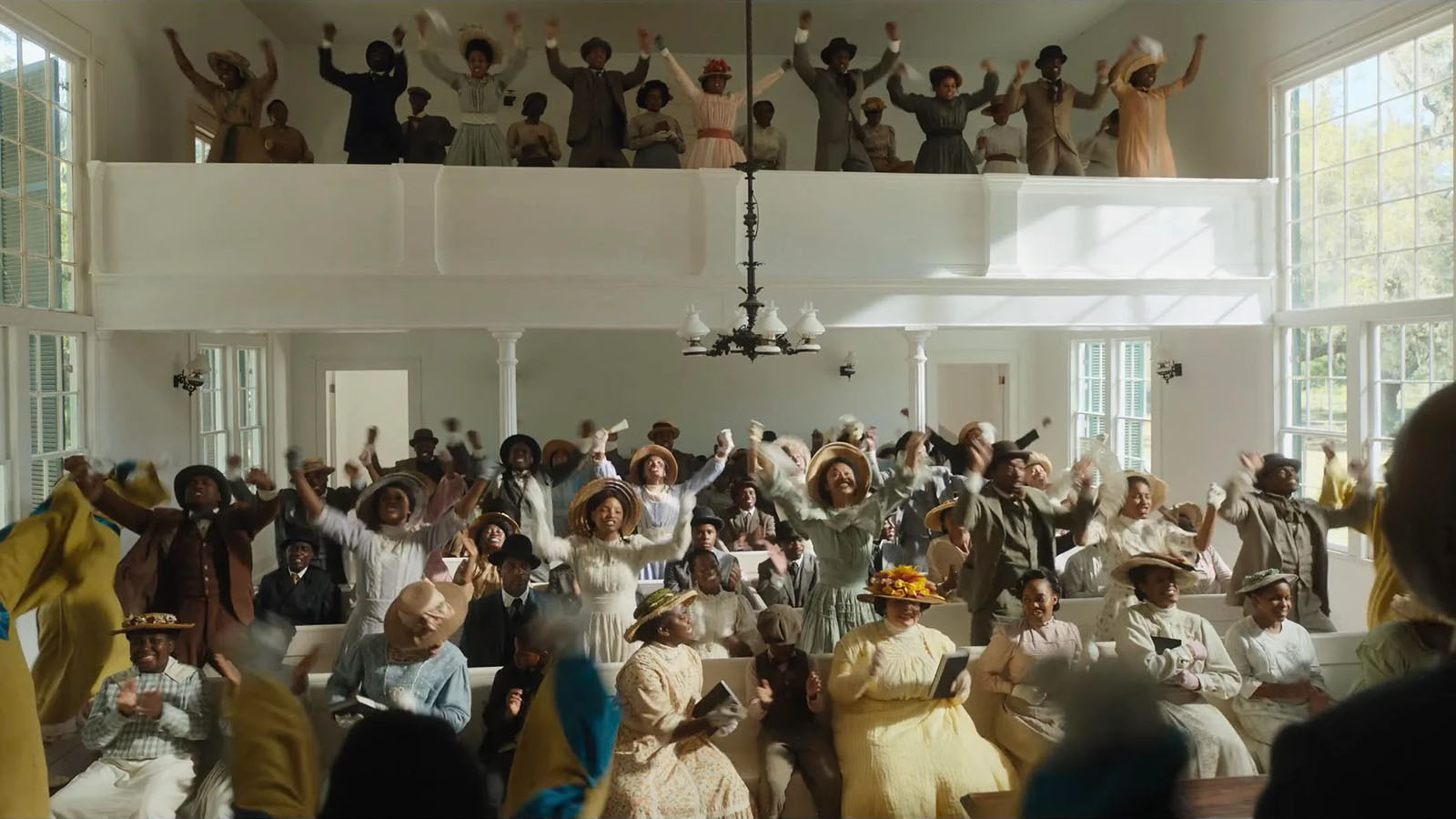
MF: The only VFX thing that I noticed is when Celie comes out of the prison, there’s lightning in the sky. But when you’re dealing with weather, you expect it to be there.
Jon Poll: That was VFX. It happens during the reprise of “Hell No!”, which is Sophia’s signature song. It’s an anthem. It’s funny, that was a sad song and then it’s a rock-and-roll anthem. The way Danielle Brooks performs it is amazing. It’s righteous.
Blitz shot that at 48fps, so Fantasia had to sing at double speed. The music folks said, “You can’t expect her to sing at double speed. It’s never going to work.” And it was hard to sync. There were lots of takes. But there’s a quality to it. The prison guards in the background are moving in slow motion. Everything is in slow motion except for her.
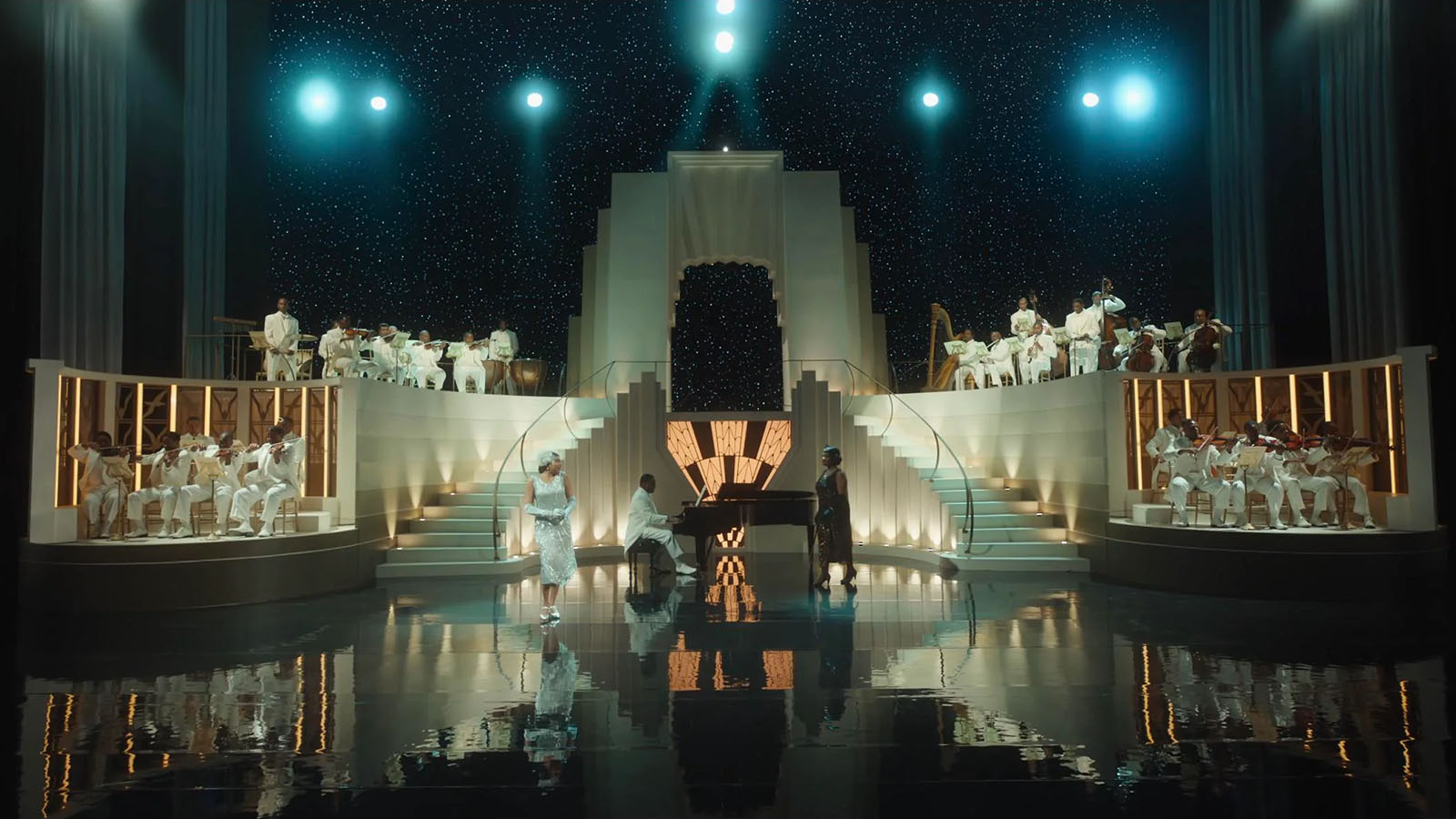
The opening shot of the movie is done that way too. We were high over Mister playing the banjo, and we’re using the clip-clop sound, which is over the logos. The horse hooves are percussion. It was all shot in slow-mo and then ramped up to get the girls to sing at 24fps. Again, there’s a quality to it that you can’t exactly put your finger on. But it’s something unusual. Blitz was never afraid of experimenting and trying stuff like that. I think it paid off. There are a lot of subtle speed changes that helped the film.
MF: Jon, this editing thing sounds like a lot of work.
Jon Poll: You know what’s funny? I just love this film. I love being able to work on something so powerful on a human level. I can’t tell you what an audience would say, but it’s very powerful to me.
It changed me. It changed how I look at things and my outlook on life to a very positive extent. If you can overcome hardship with art, what’s better than that? I’m not saying anything bad about comedies. I love the comedies I worked on. But Hollywood can pigeonhole you.
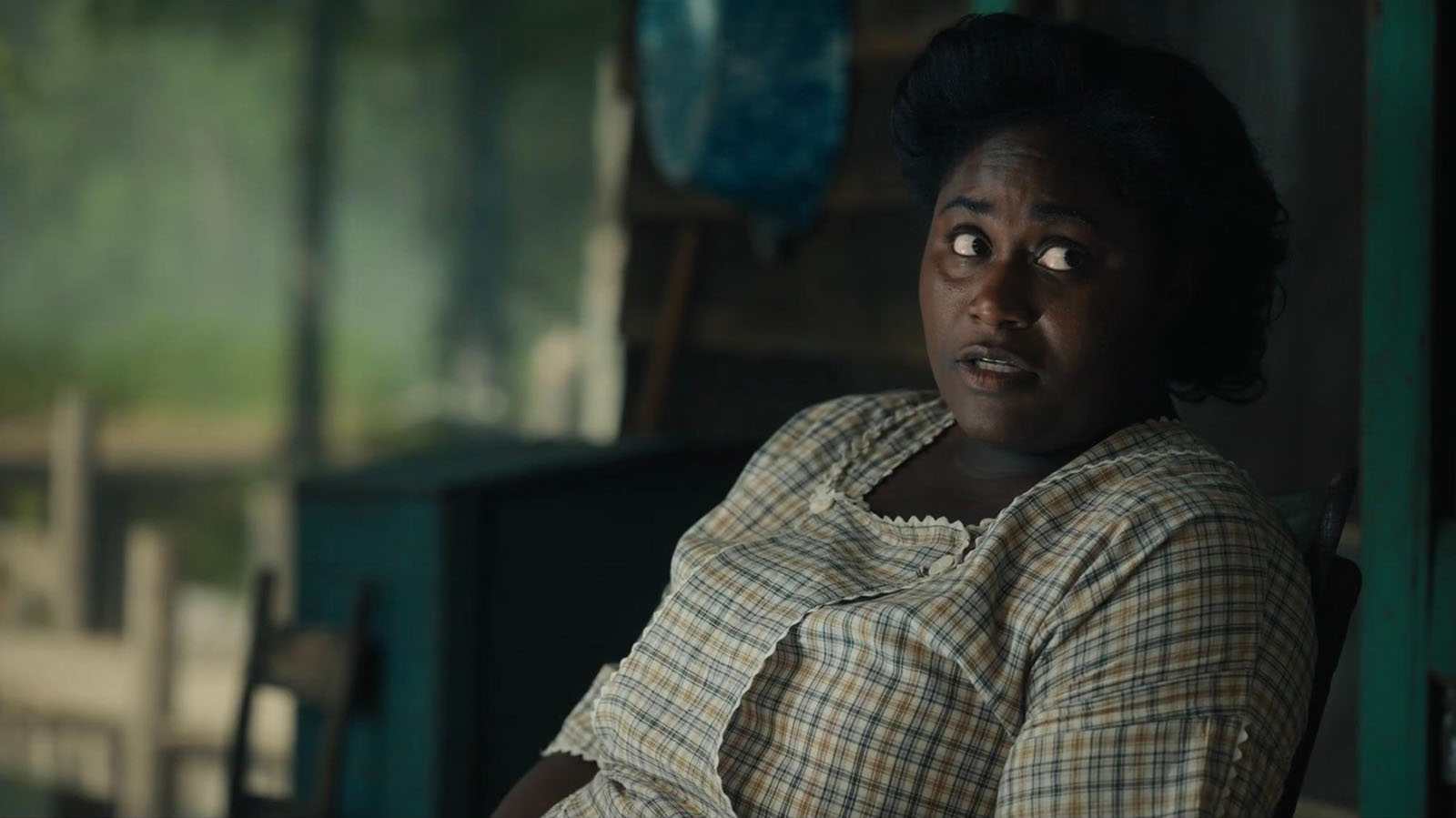
To quote Mike Myers, “It’s like heroin when you’re in a movie theater where people are laughing and you’ve helped create it.” That’s a good feeling to have. But this movie worked on a deep level for me. I connected to it and felt a responsibility to it.
There’s a lot of humor in The Color Purple. A surprising amount of humor. To me, it’s all about tension release. A good example is the dinner scene, which is the longest dialogue scene in the film. It’s the end of the second act. All eight main characters are all there. Hugely dramatic things are happening. Sophia’s come out of jail. She’s basically mute. Celie is gonna leave. She’s the victim who’s gonna leave the perpetrator. It’s intense. Harpo’s there dealing with his current girlfriend who’s come back. It’s very complicated for all of them.
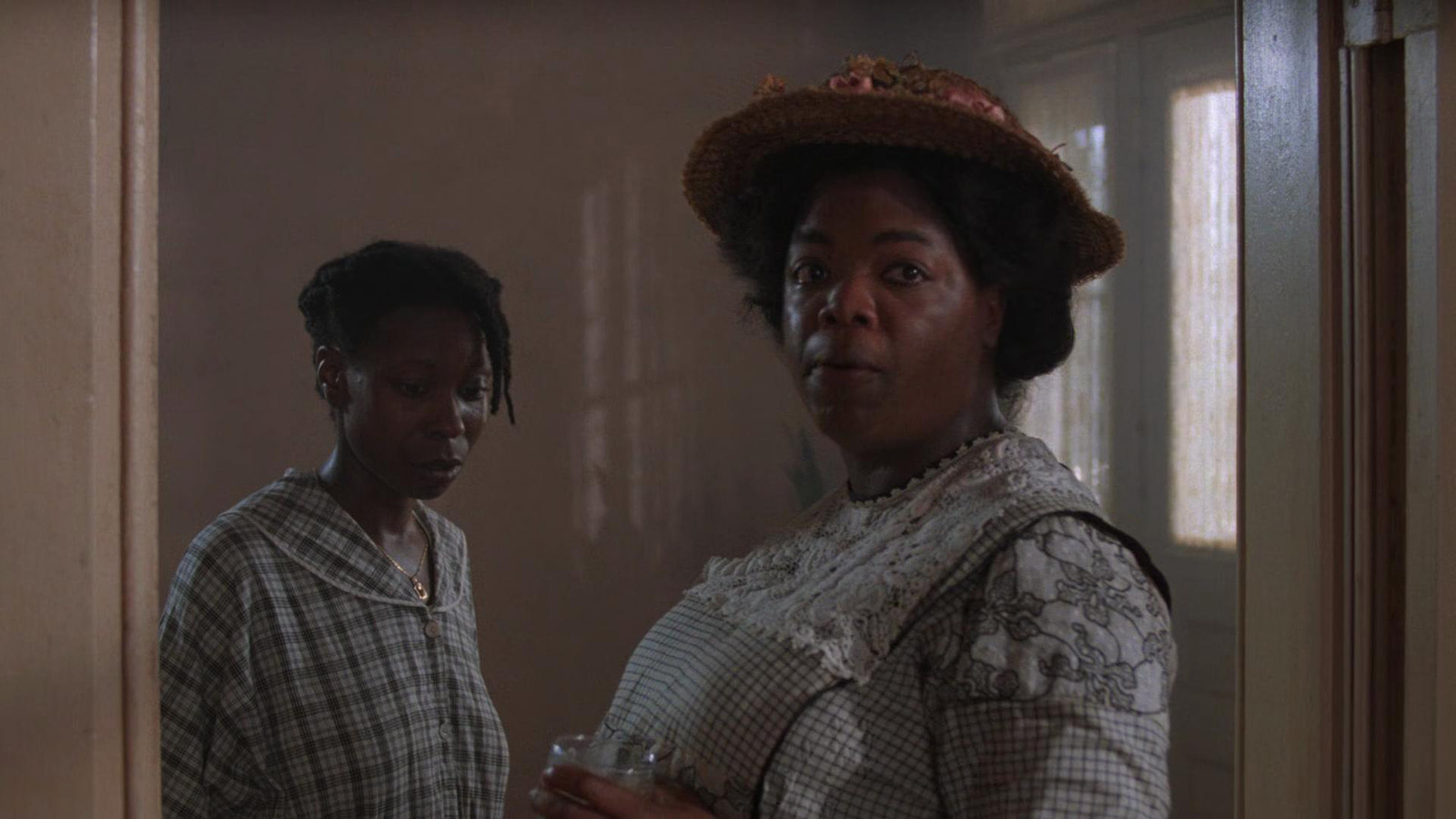
We know we have to give people a chance to reset. Neither Blitz nor I shied away from humor. You have to give an audience a chance to release that built-up tension. Then, you can take a breath and build the tension back up. I think we build and release tension in that scene about four or five times. I think part of what makes this movie a success is that it has this dichotomy of feeling and reaction.
I love all kinds of films. I love indie movies. I love Hollywood movies. The only kind of movie that I have trouble with is when a drama is so serious and there’s never any humor. In real life, when stuff gets dark and difficult, humor is what gets you through. There’s always humor in real life and I feel the loss of it. It was a big pleasure knowing that Blitz supported the comedy.
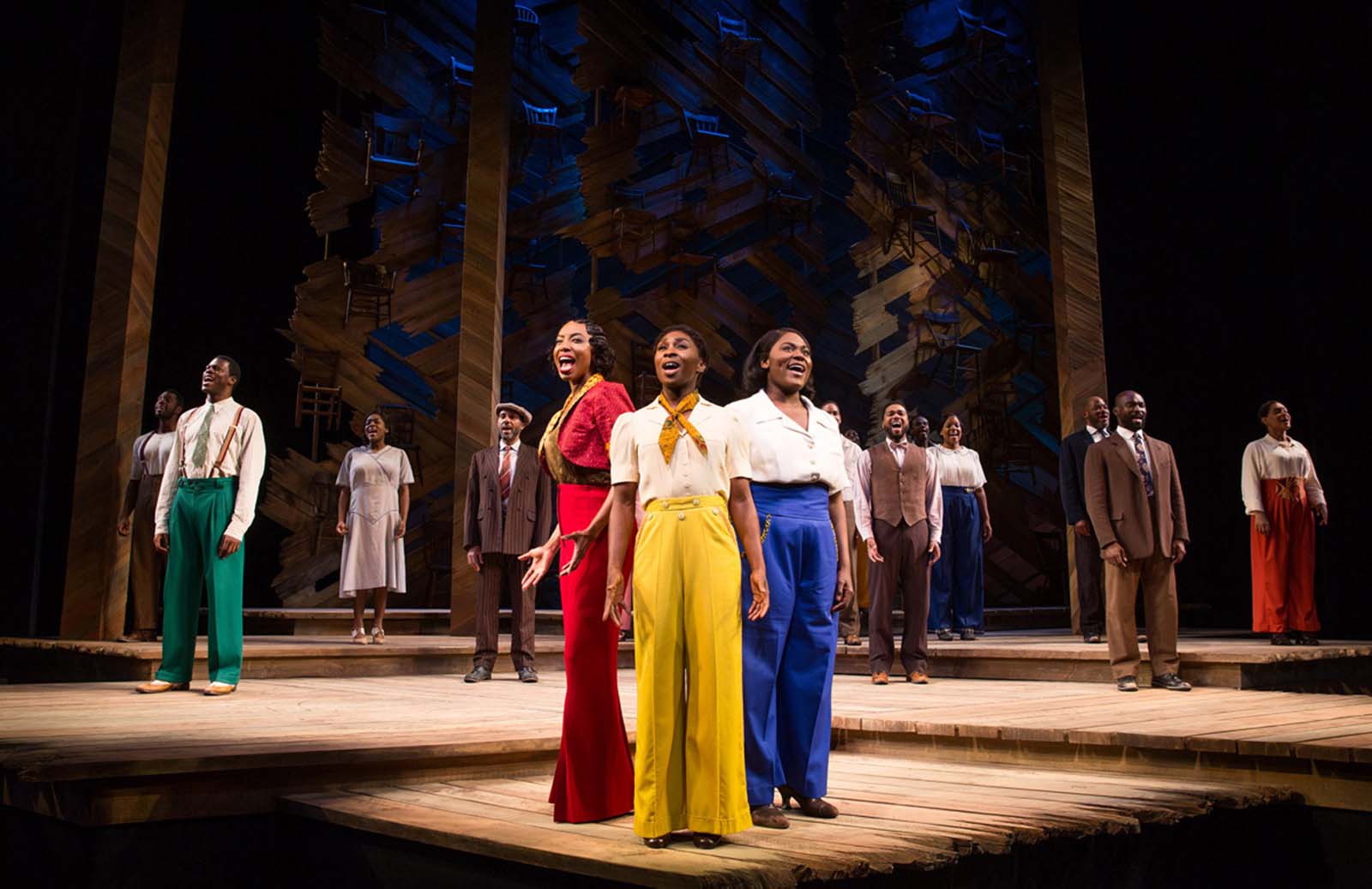
MF: I don’t typically ask about the producers, but in this case, you have some pretty heavy hitters involved.
Jon Poll: Yes, we do. This project has quite a legacy. Blitz had a collaborative relationship with Oprah Winfrey, Scott Sanders, and Steven Spielberg. Blitz wanted their input early. Oprah and Scott didn’t necessarily have many specific notes along the way, but Blitz always listened to them. And honestly, we never got a note that we did not try. I think that is a great way to work.
Steven gave us detailed notes from the very beginning. They were the most actionable, practical, and useful notes I’ve ever received. Steven’s notes were filmmaker notes. “Hey, what if you cut from here to here? What if you lost this? What if you moved this there?” We would try every single one of them and a fair amount of them ended up in the movie.
One day, Steven came and he spent, I think, six hours in the cutting room with us. He had forgotten his notes at home and he said, “Let’s just watch. I’ll remember everything.” So, we scrolled through the movie and it was just a discussion. He was incredibly respectful. This is a man who’s watching a movie that is not a remake of his movie, but similar. He was so generous and so respectful of Blitz. It was a pleasure to have that experience with him.
Working on this film was amazing. On most movies I’ve worked on, you shoot the easy stuff in the first week. But Blitz said, “I’m not going to shoot the easy stuff. I’m gonna shoot the stuff that is the most important. He shot all the fantasy scenes, and lots of big musical numbers. Any line producer would say, “What are you doing?”
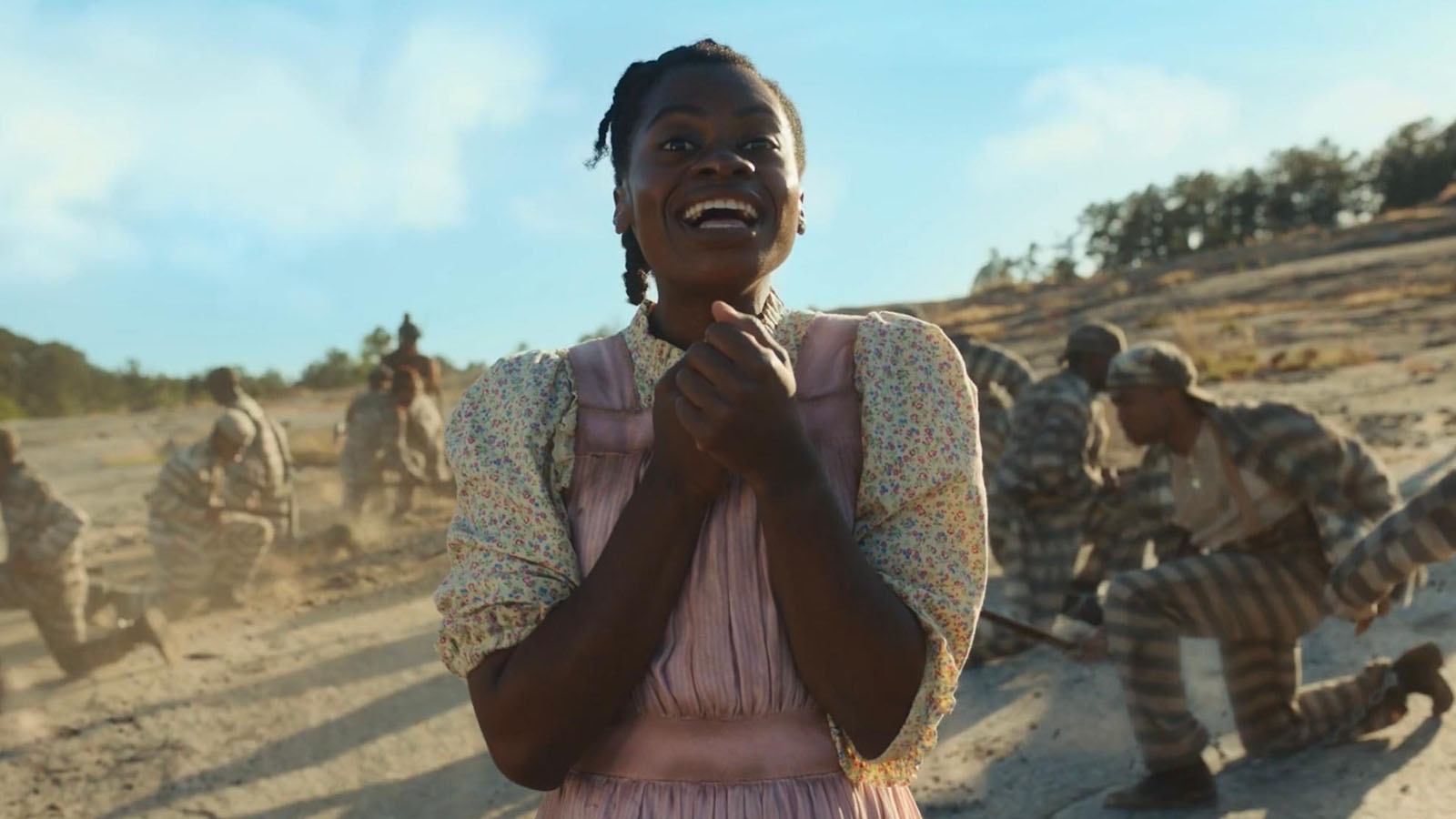
Every Friday, we would make an output and I would bring my crew in to watch. There weren’t a lot of us. At four weeks in, I had forty minutes of cut footage. I screened it for them and they sat there and they didn’t say anything. I waited five minutes and said, “What’s going on?” They all said, “We’re just so emotionally wrought. We can’t use words now.”
Julia, my wife of 400 years, would watch everything too. The same thing happened to her. She said, “I don’t know what to say.” Even then it was emotional. All of us who worked on this movie felt like we were given the opportunity to do something that felt good. We felt that it was important, that it was honoring a piece of literature, and honoring amazing performances.
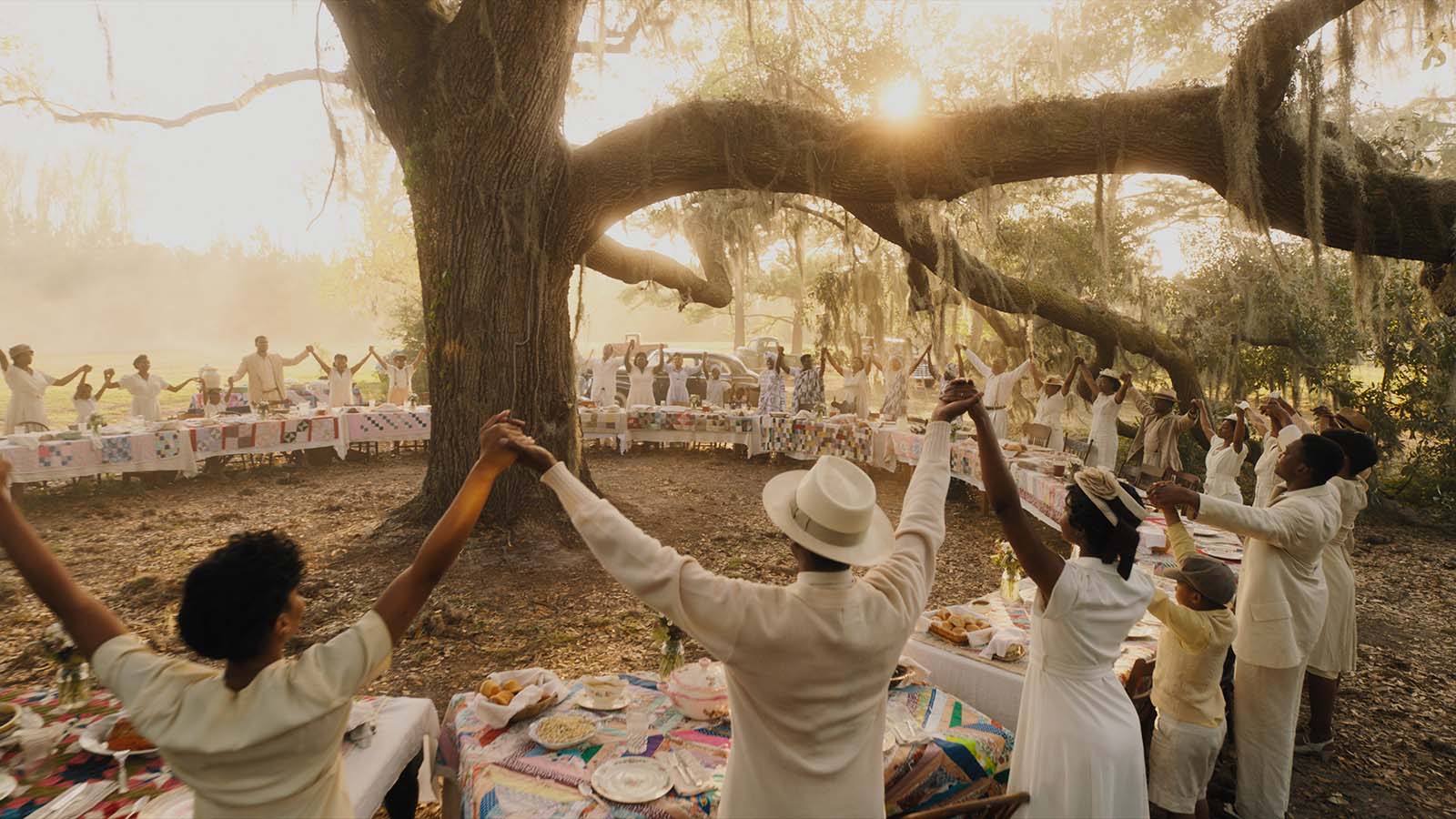
It’s rare today to be able to work on a movie that doesn’t take itself too seriously but has some ambition to it. Let alone a studio movie. And I take my hat off to Waarner Brothers for letting Blitz make this movie. As proud as I am of all the movies I’ve worked on, in a way, this is the one that’s closest to my heart. Everyone contributed to this movie every step of the way.
MF: You guys hit all the right notes.
Jon Poll: Thank you. You’re very kind.

